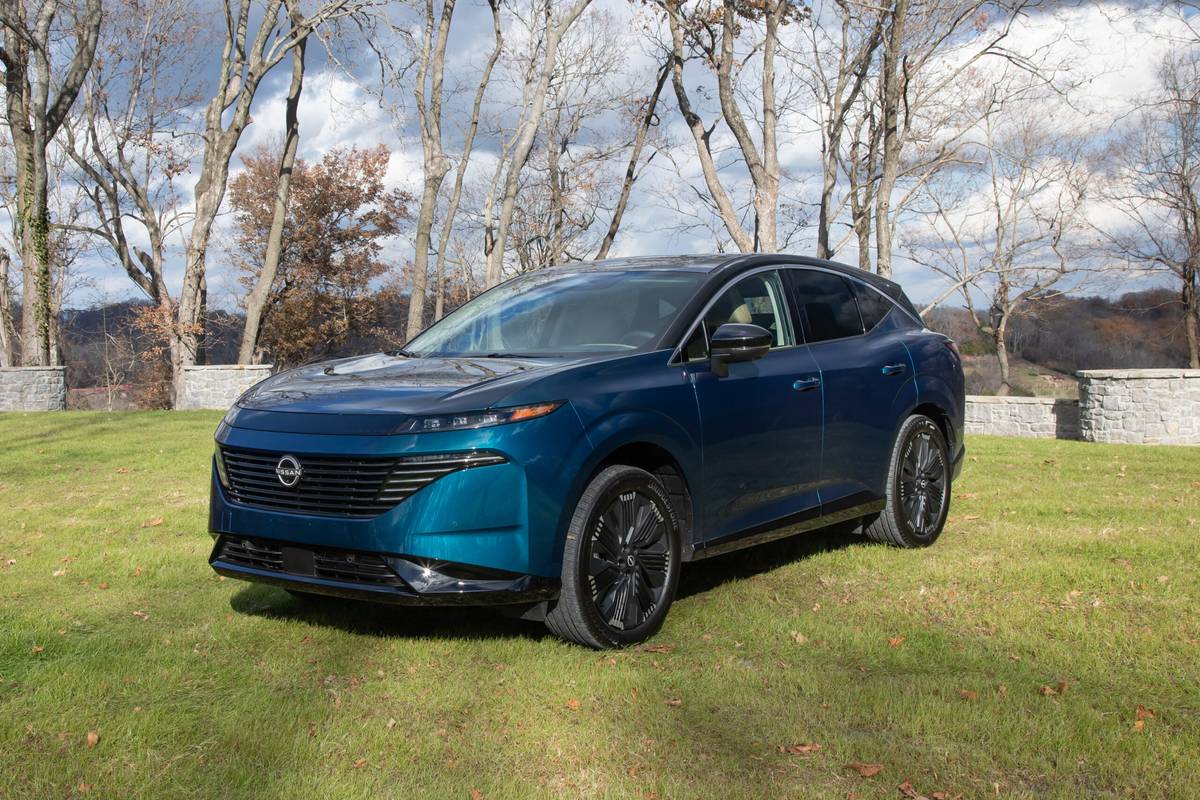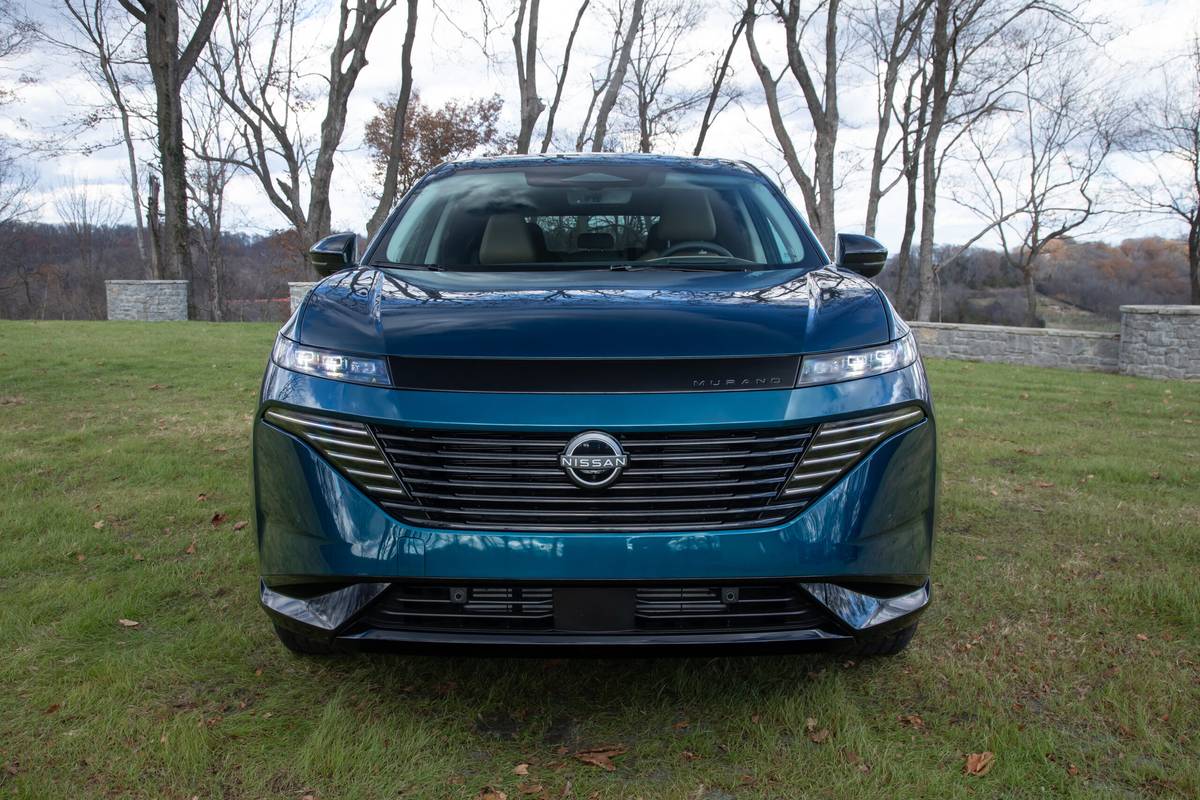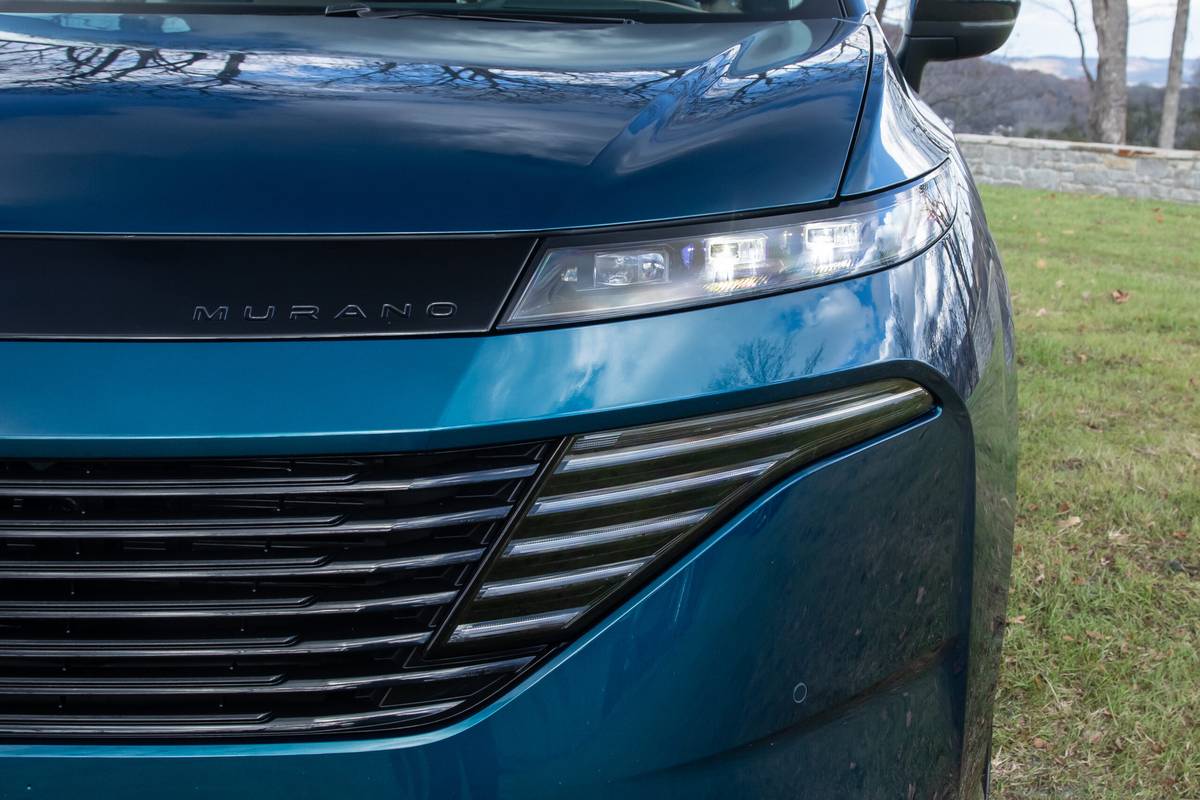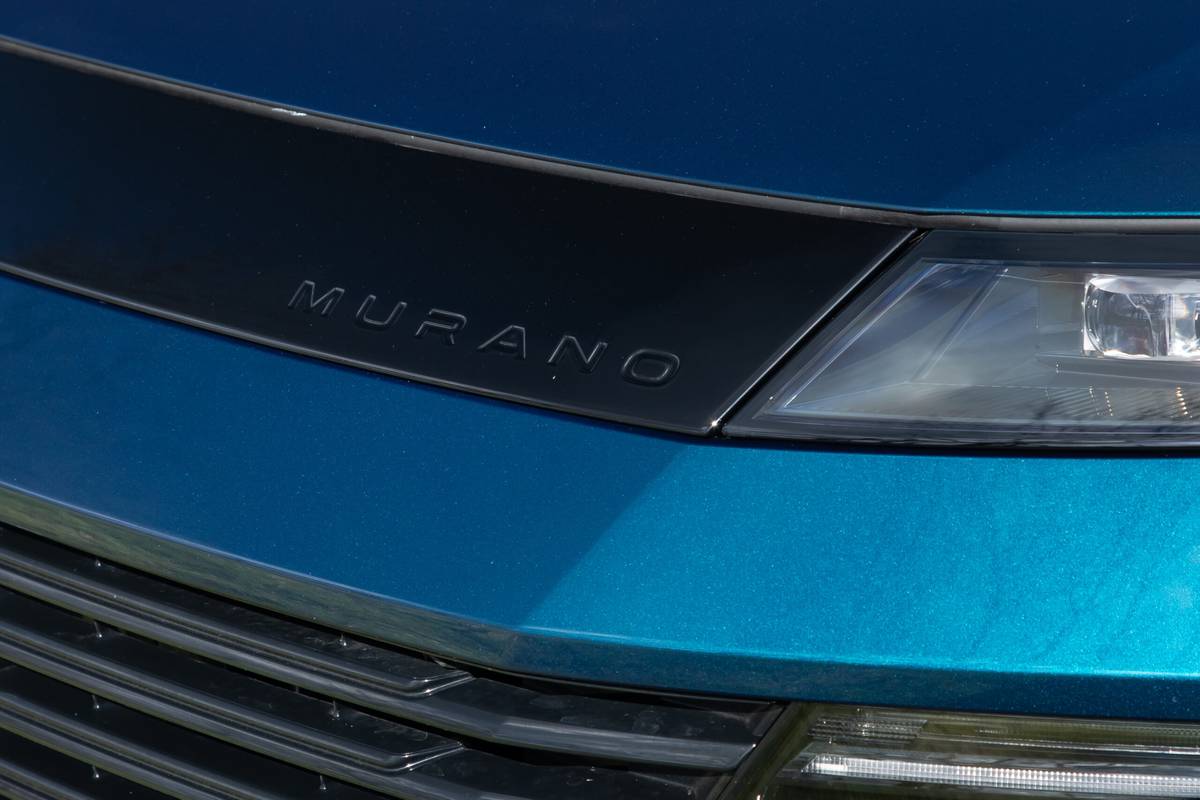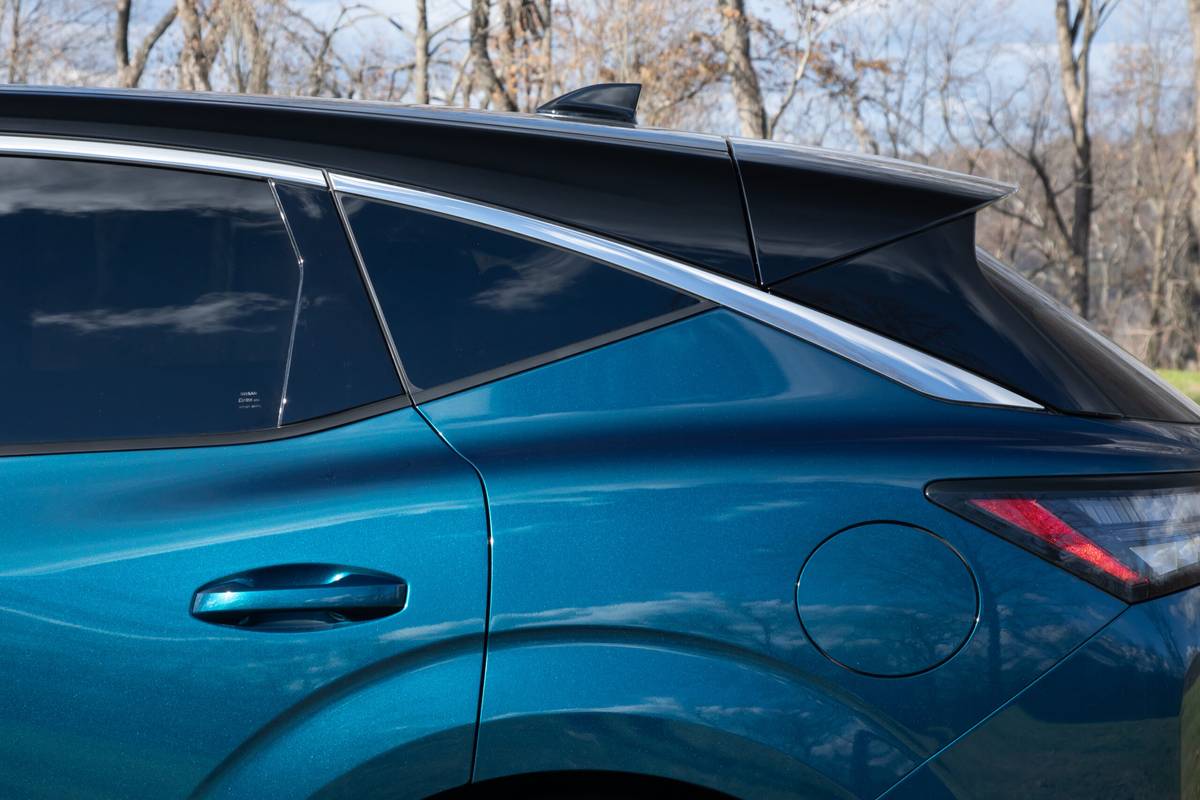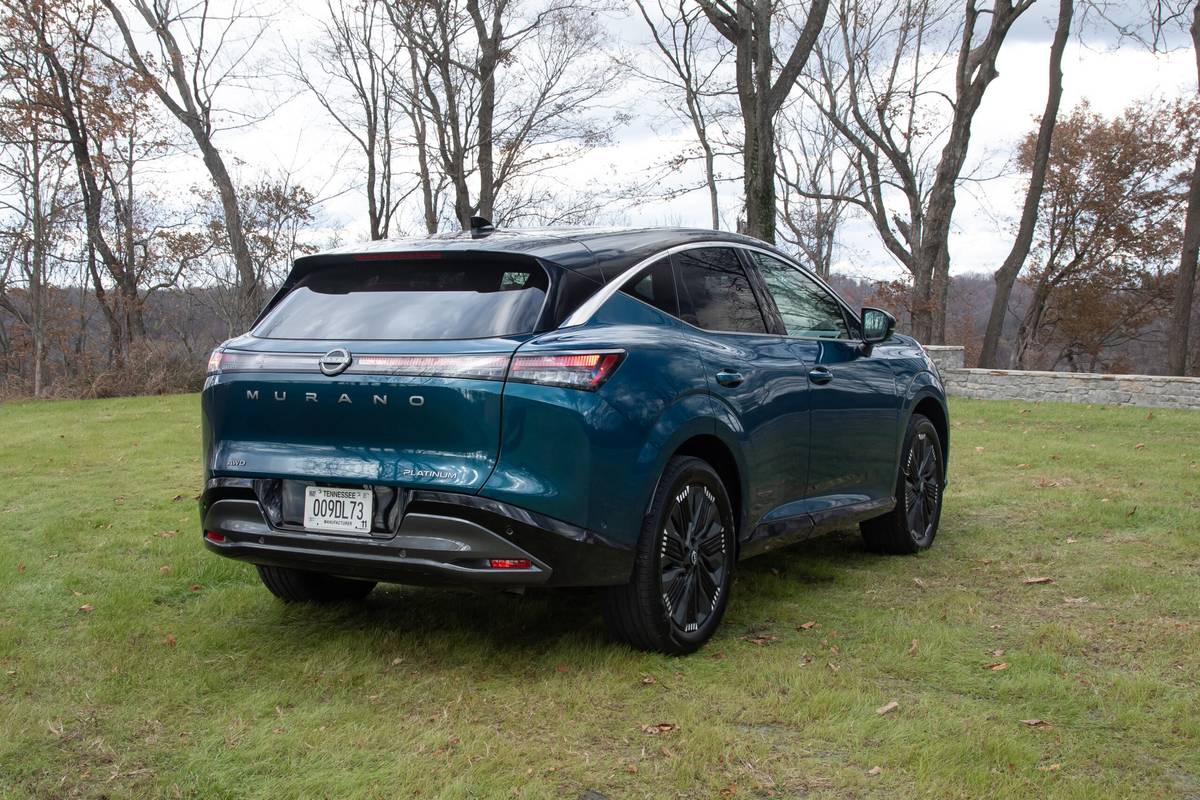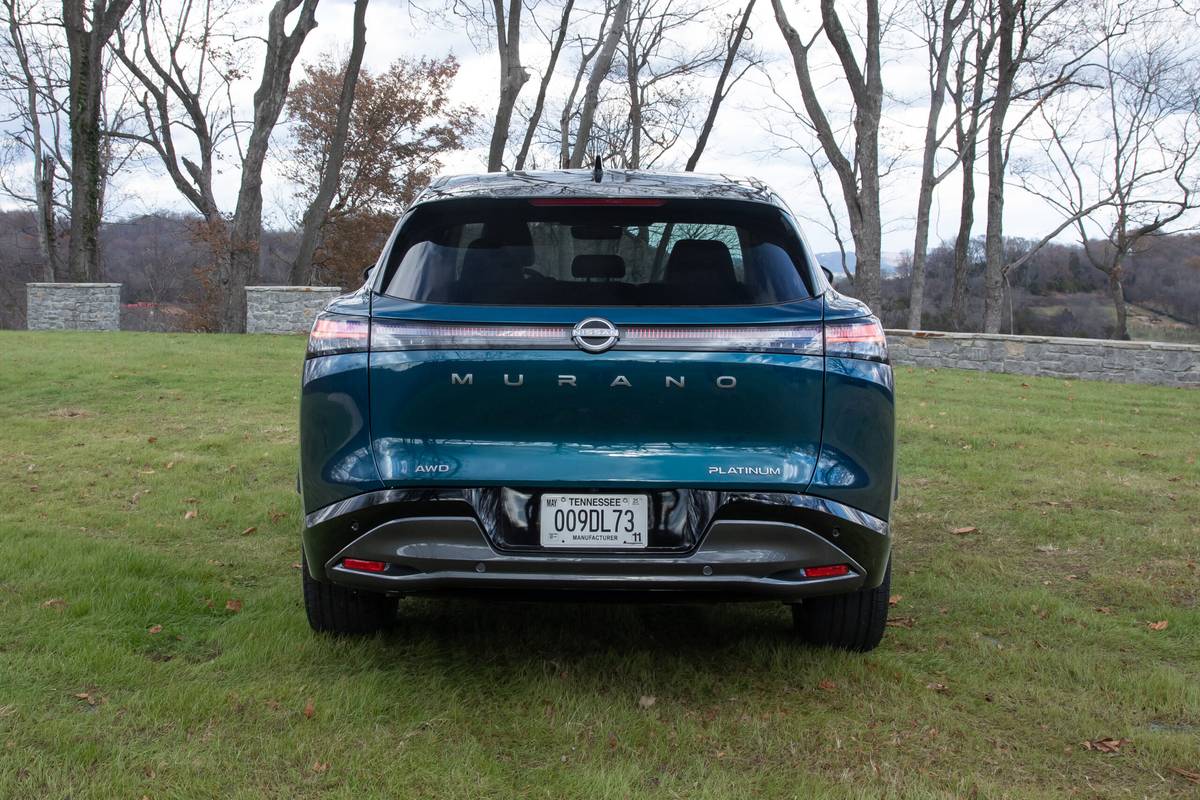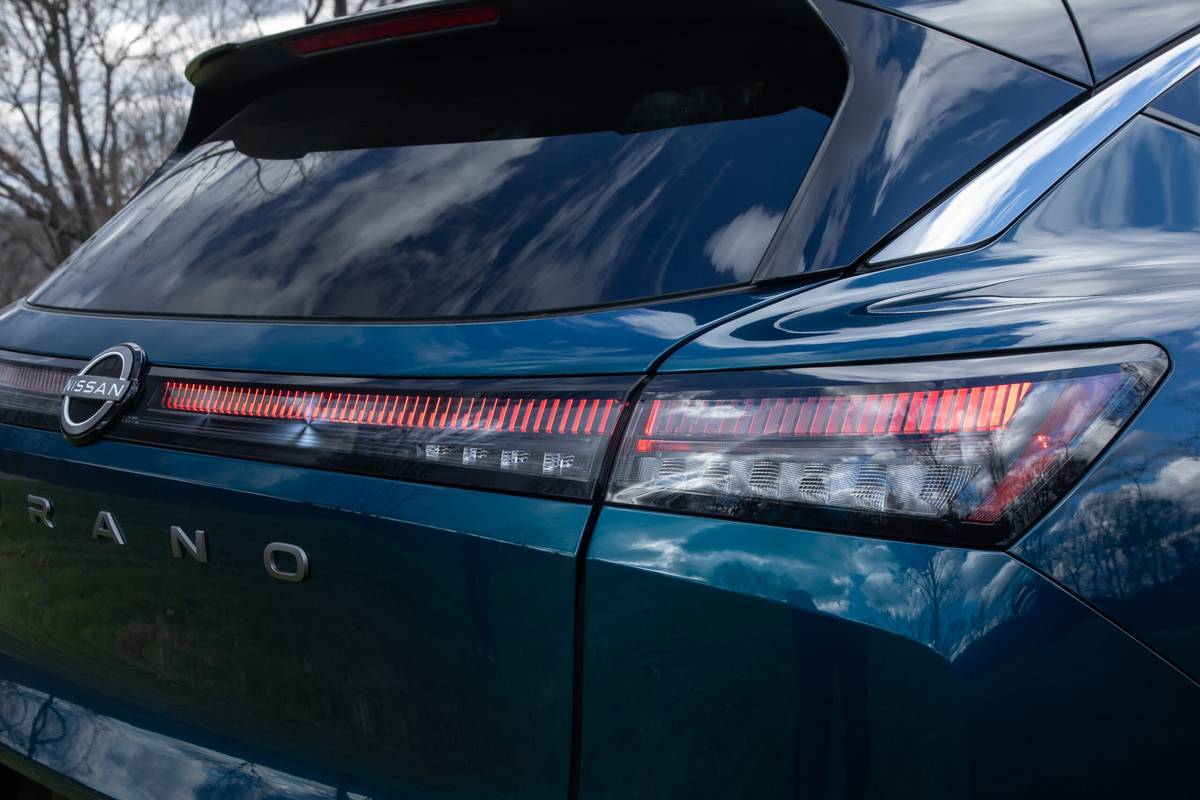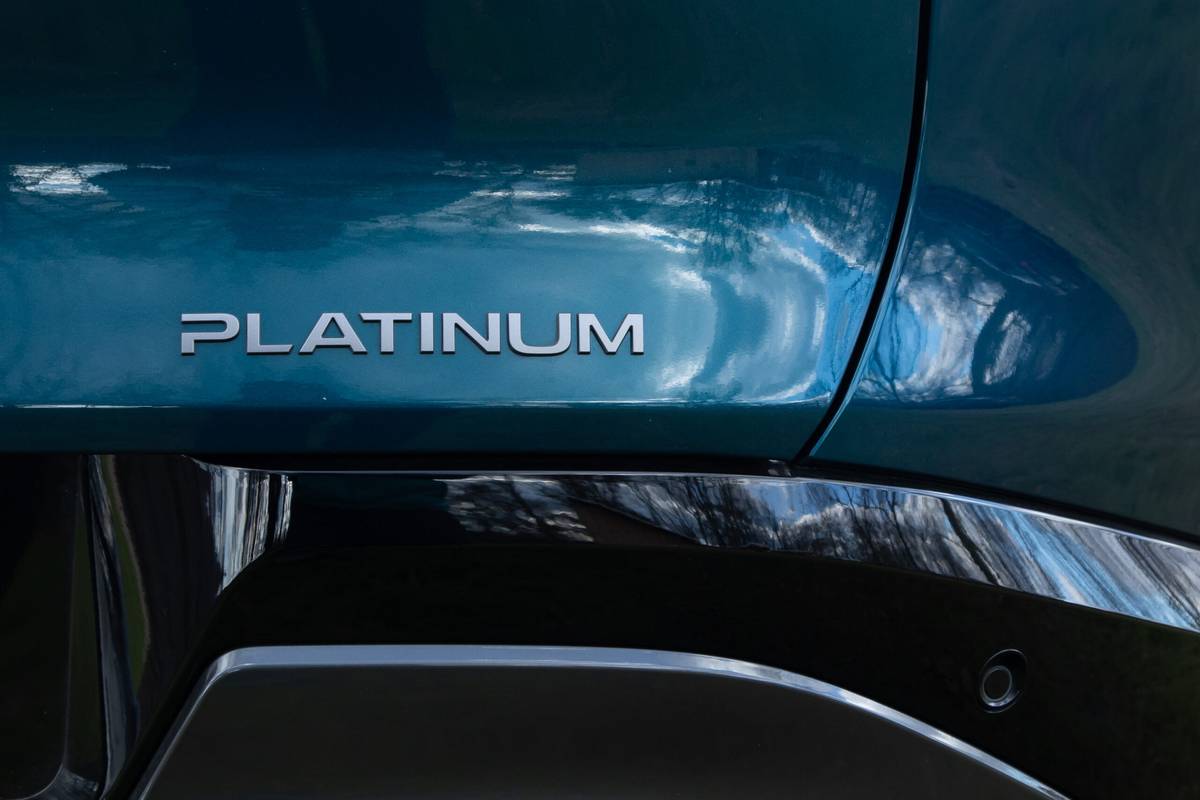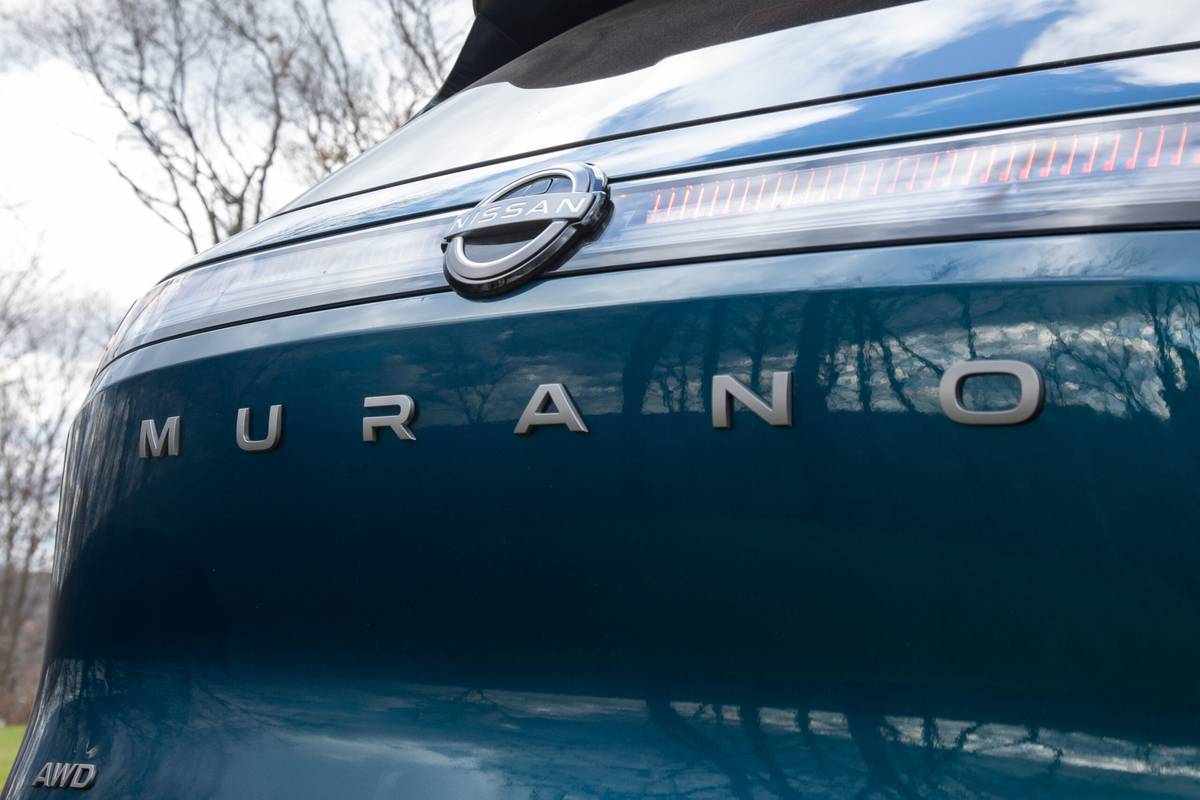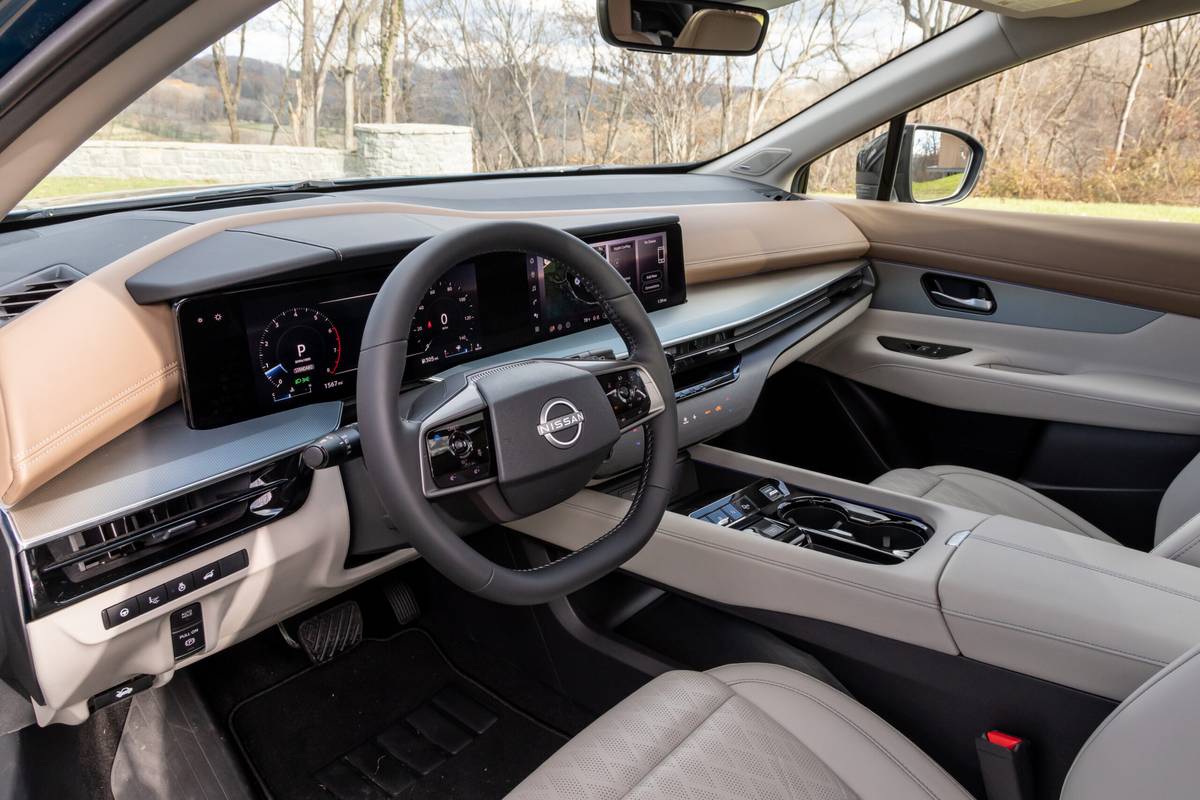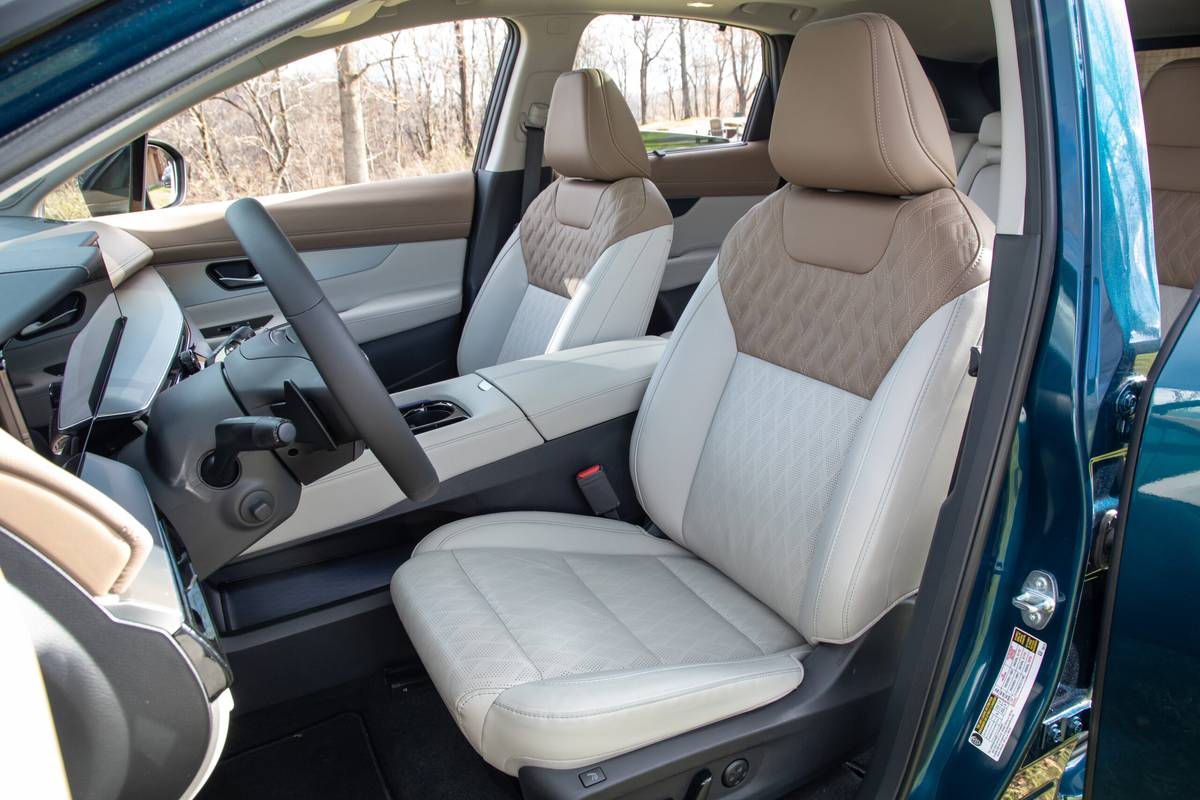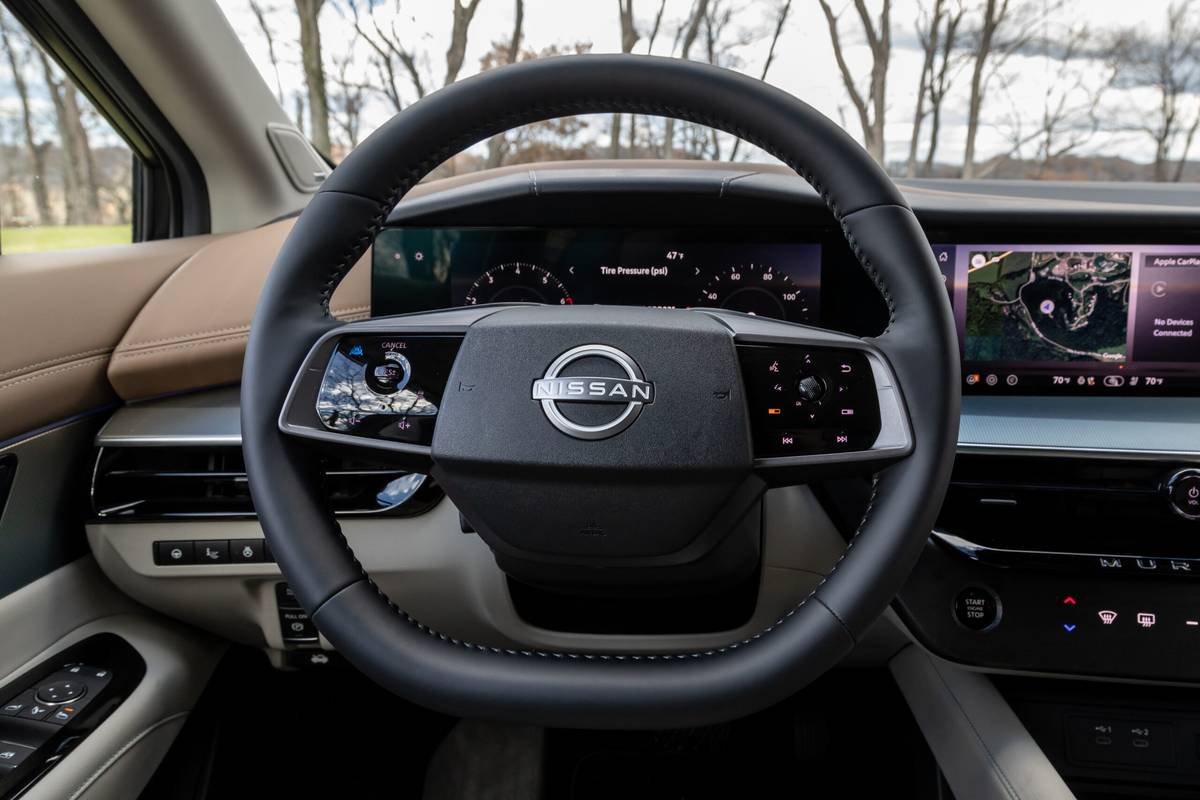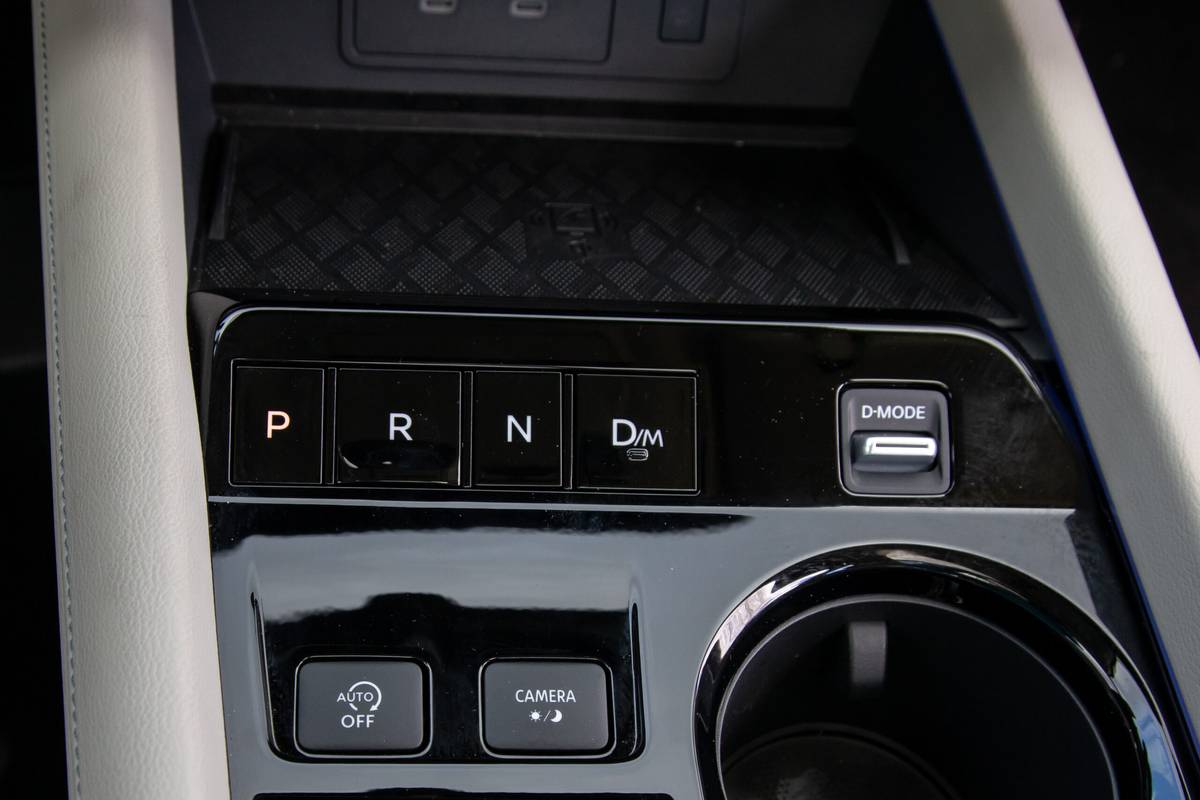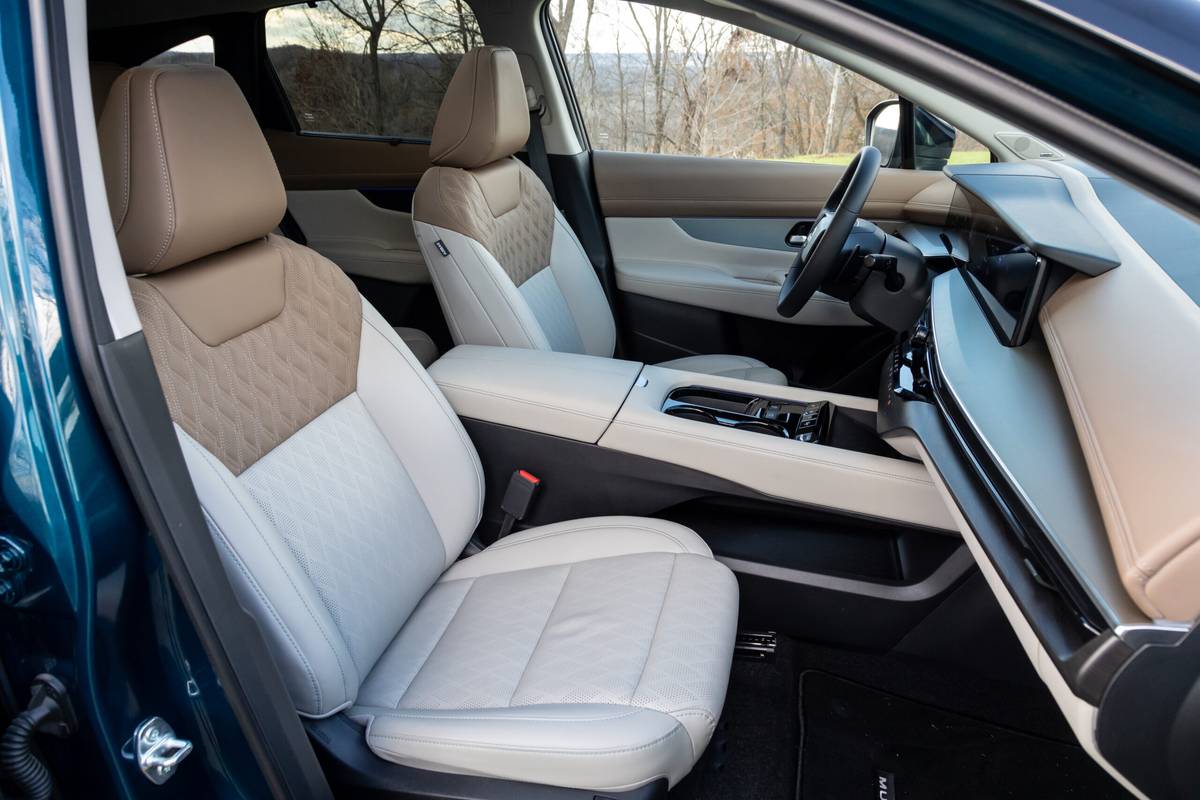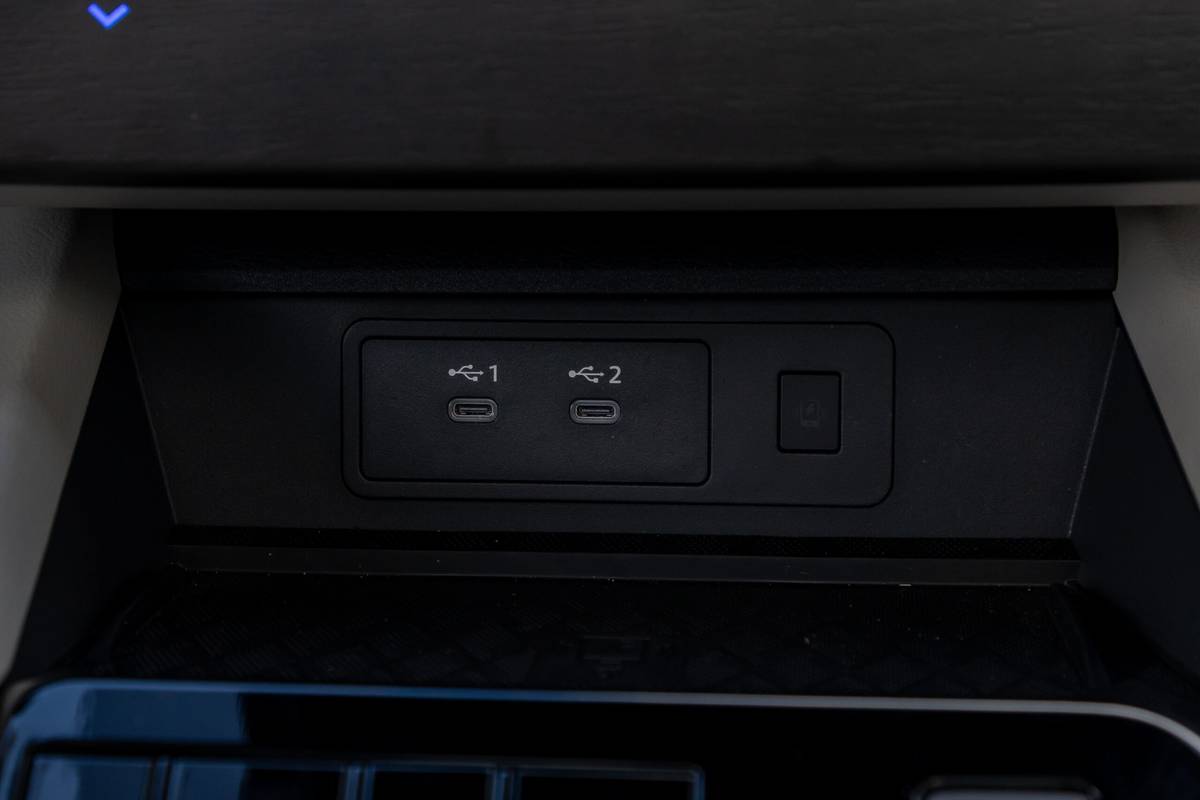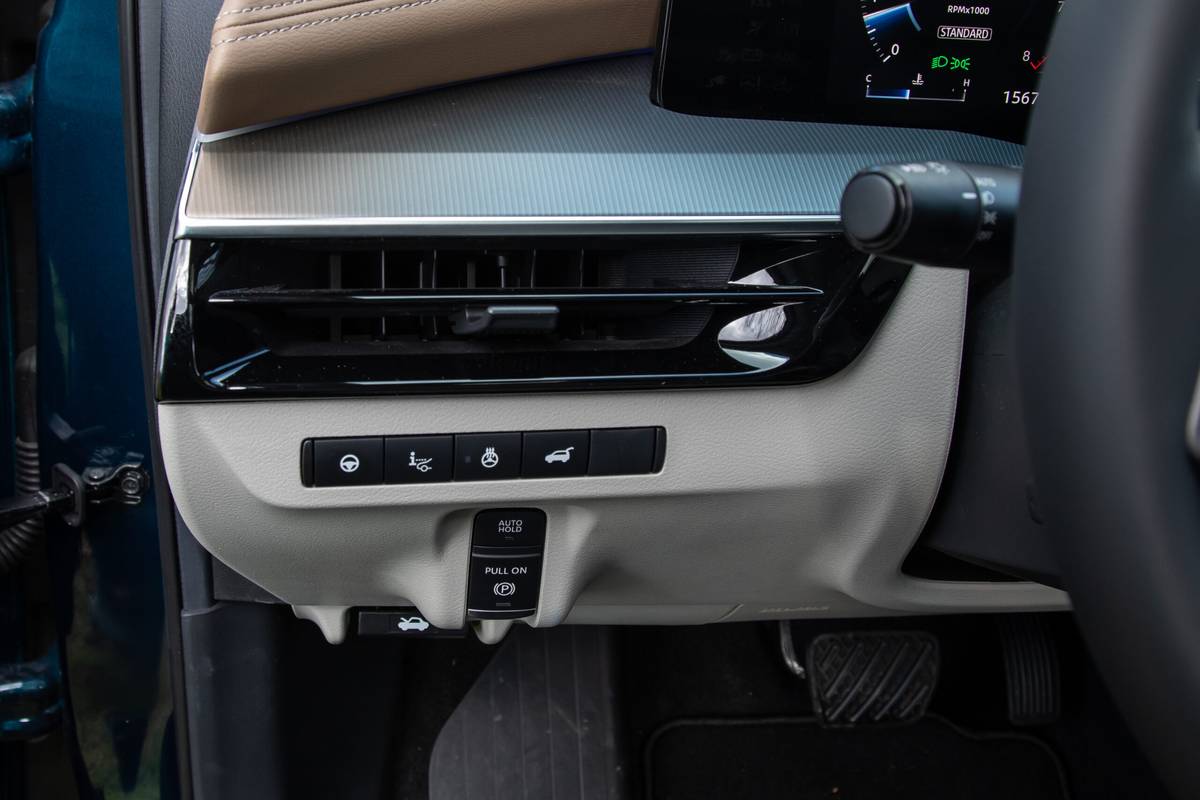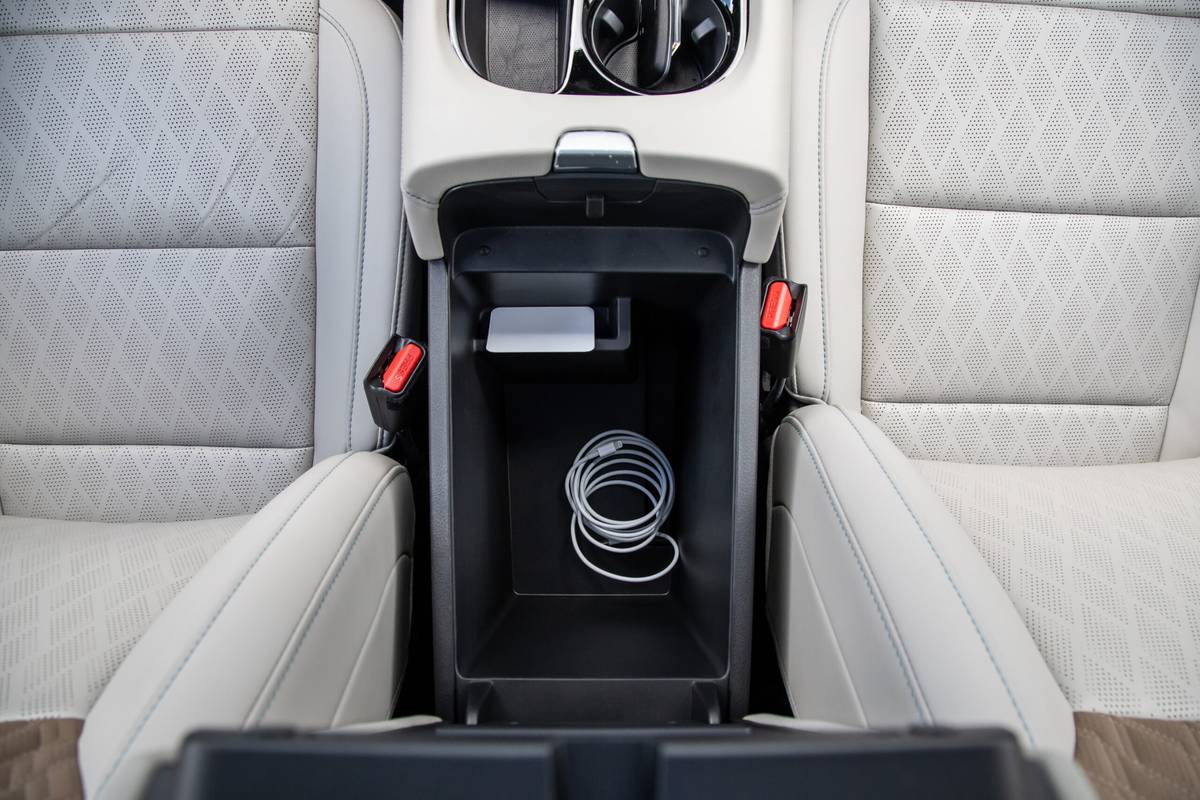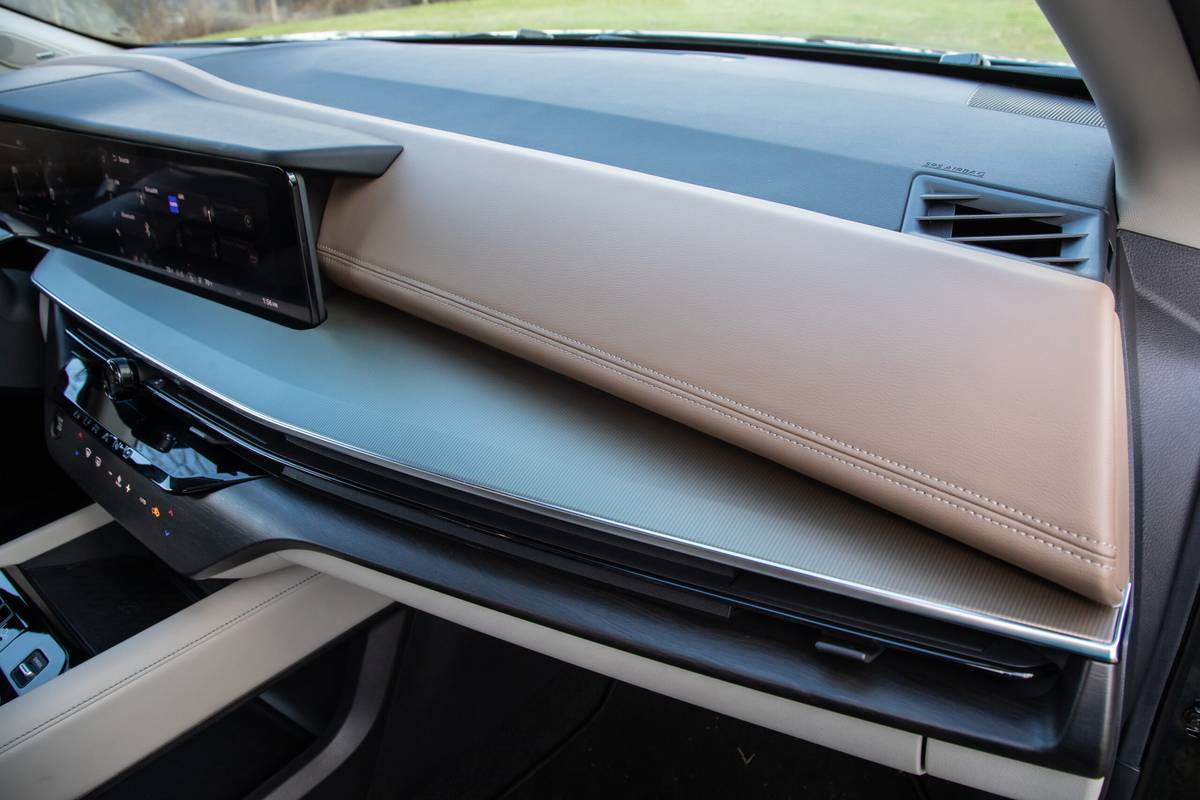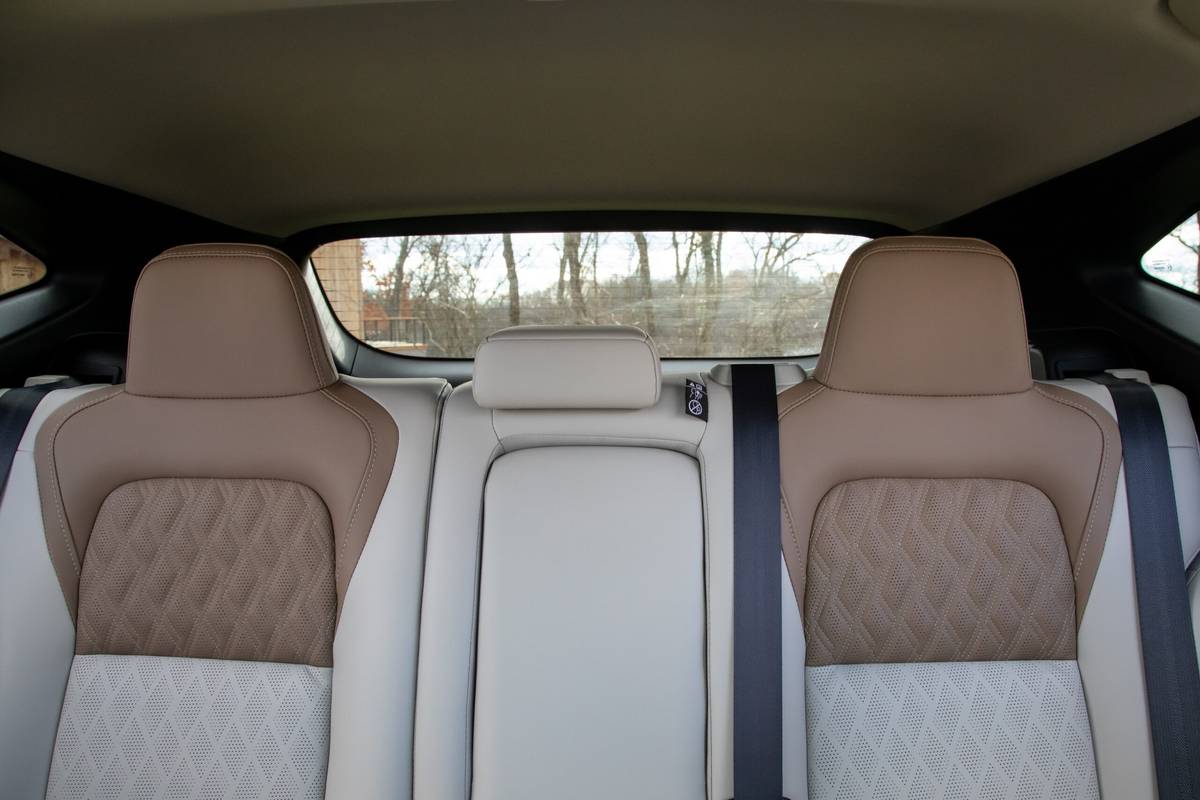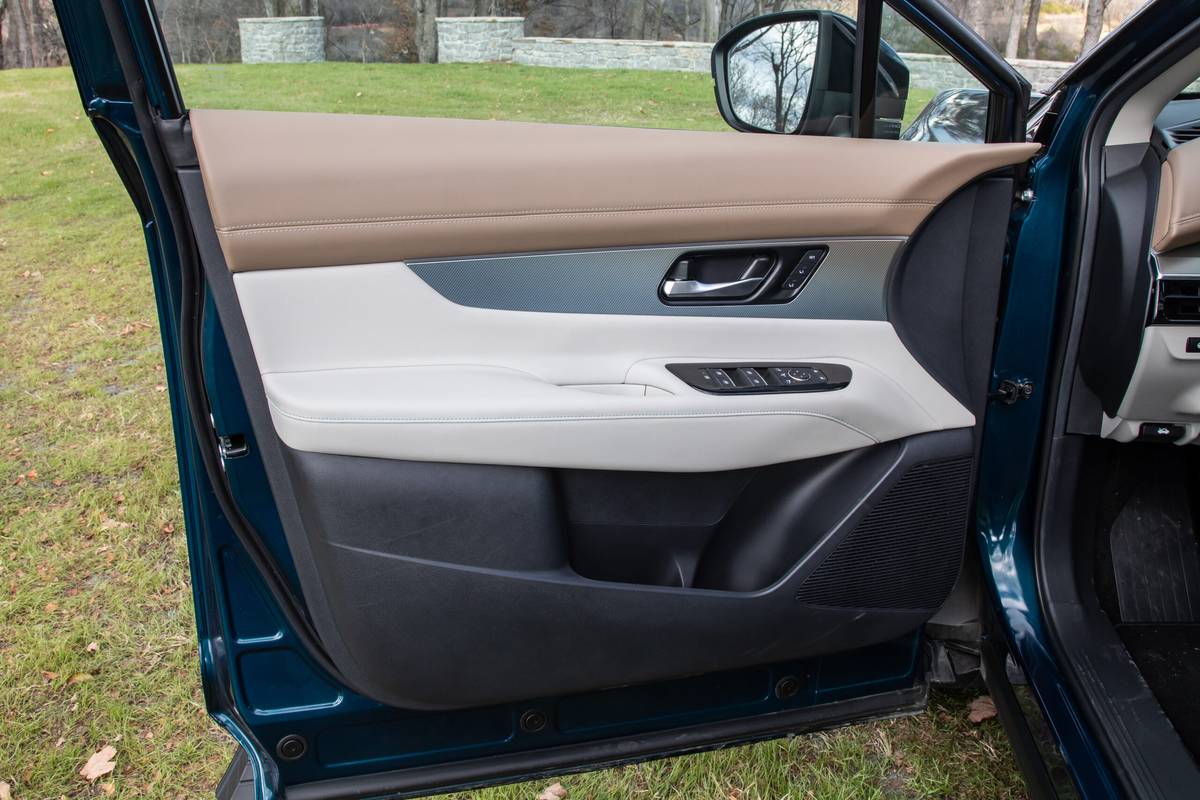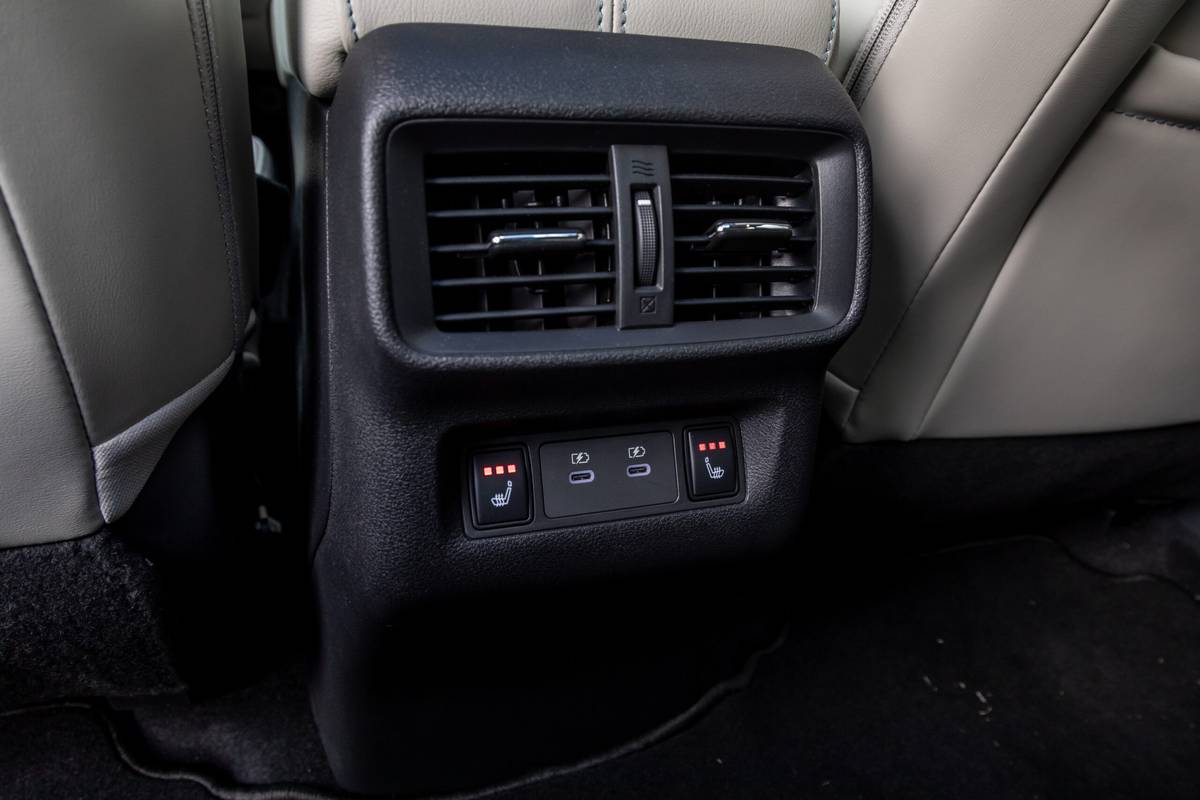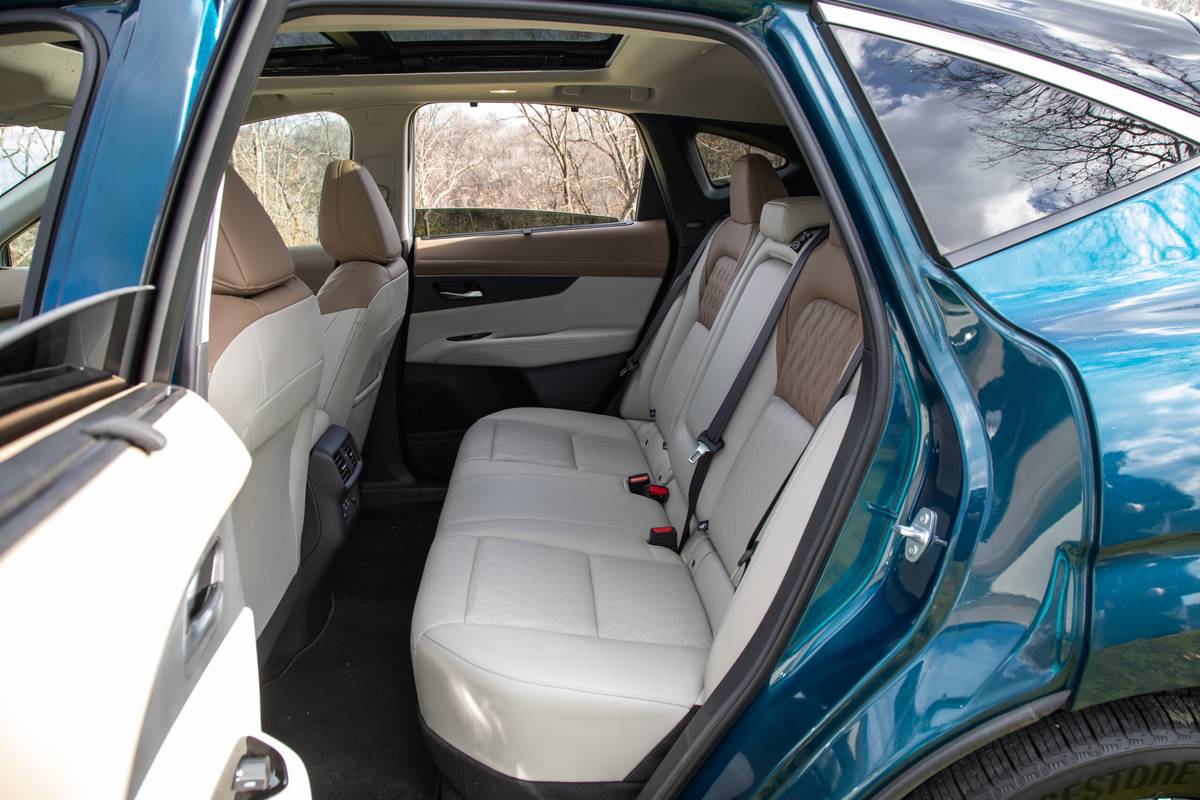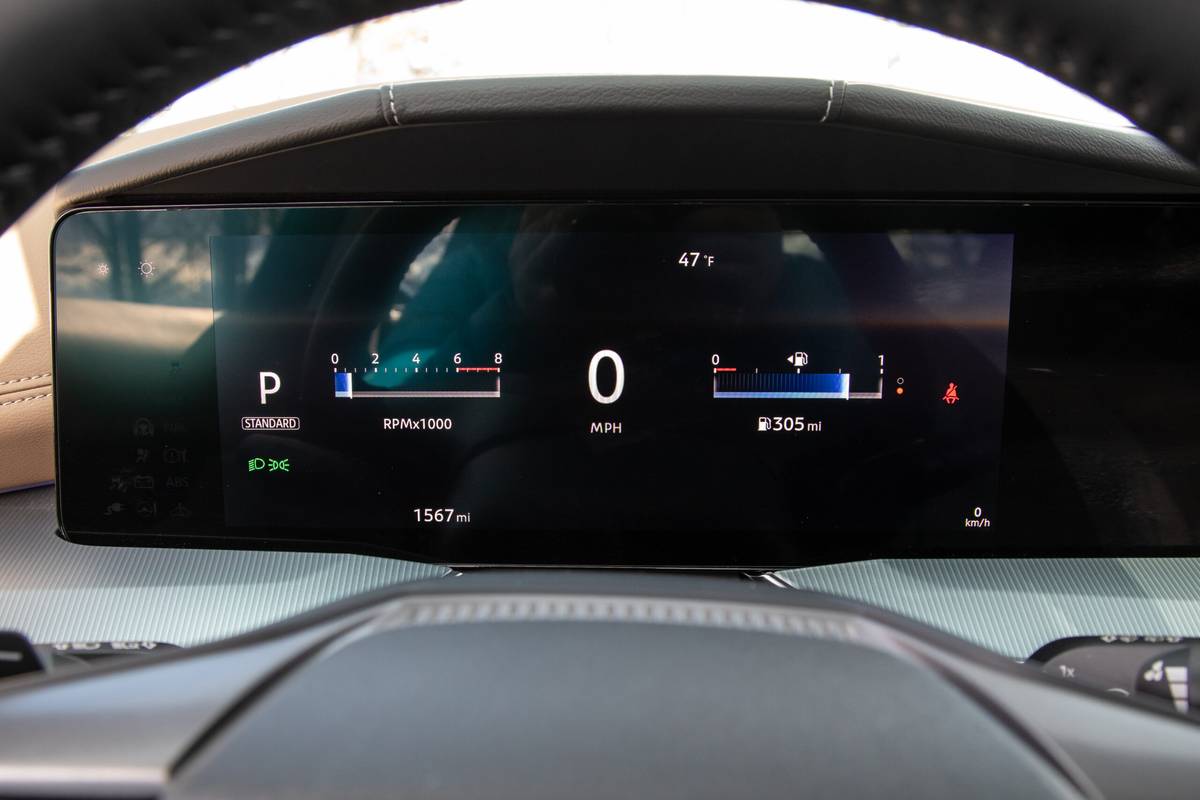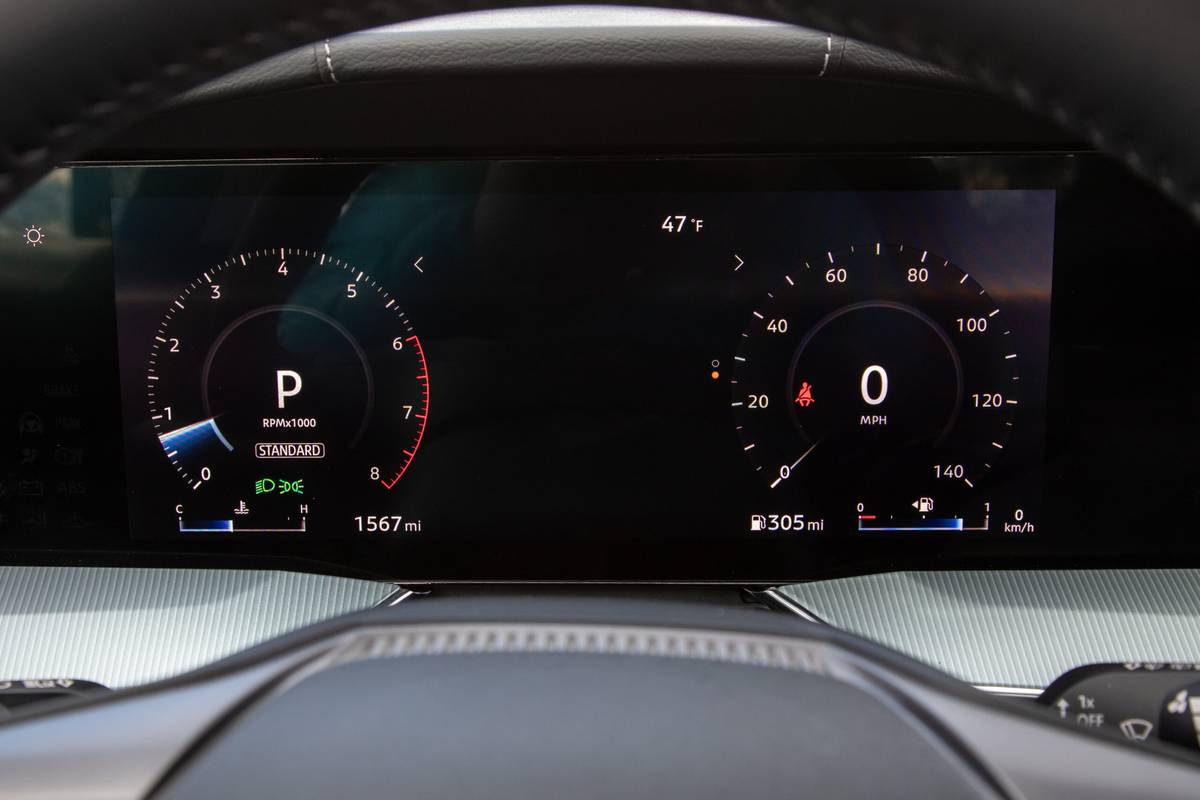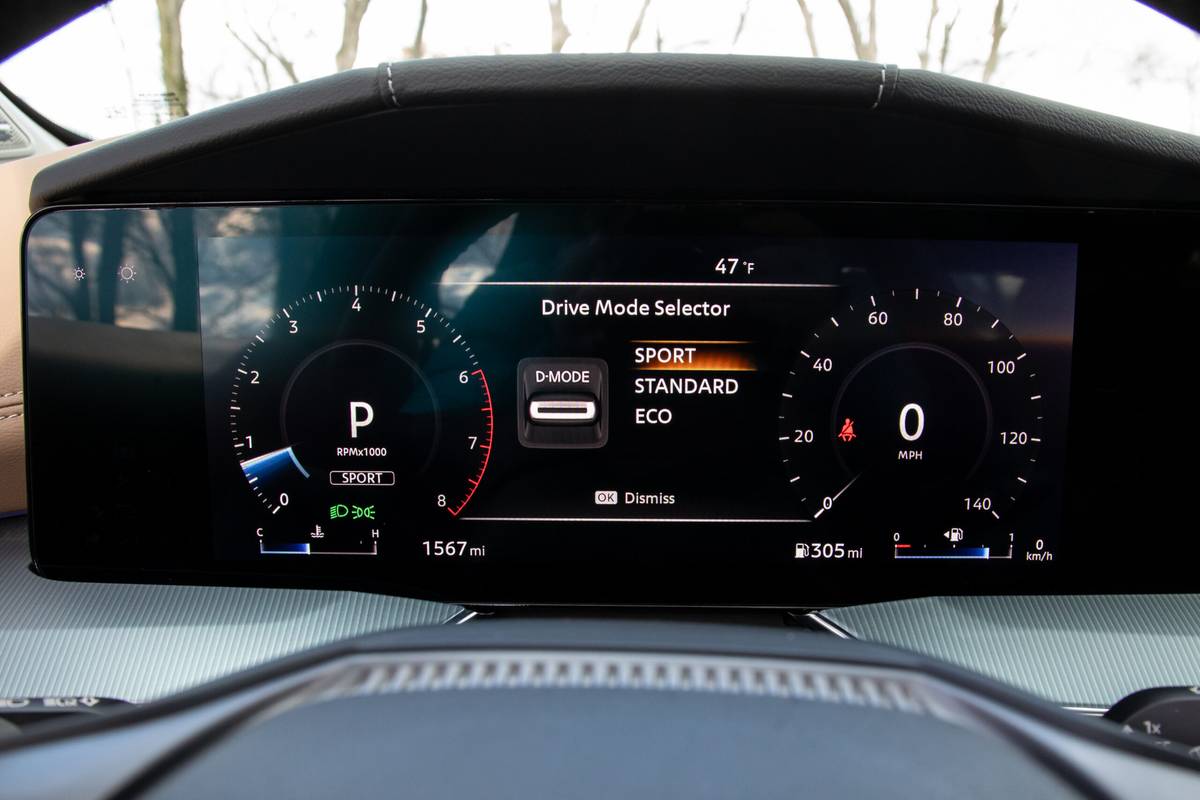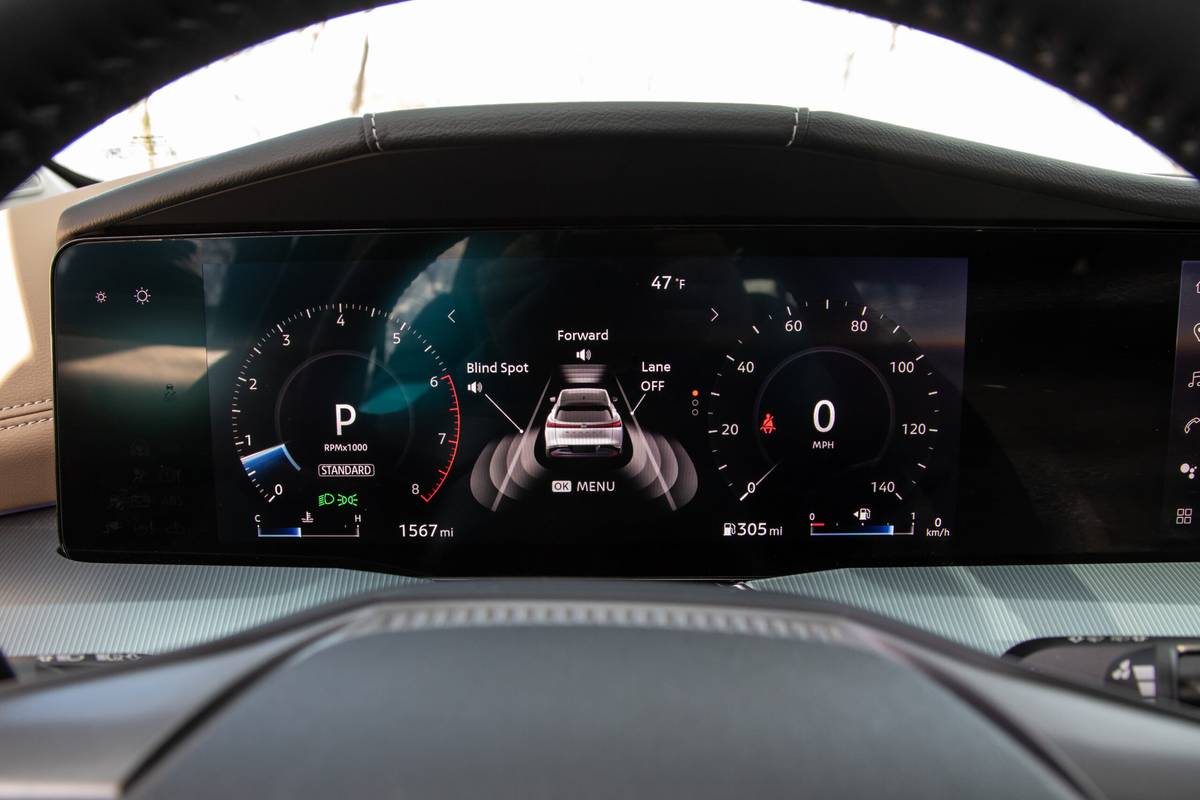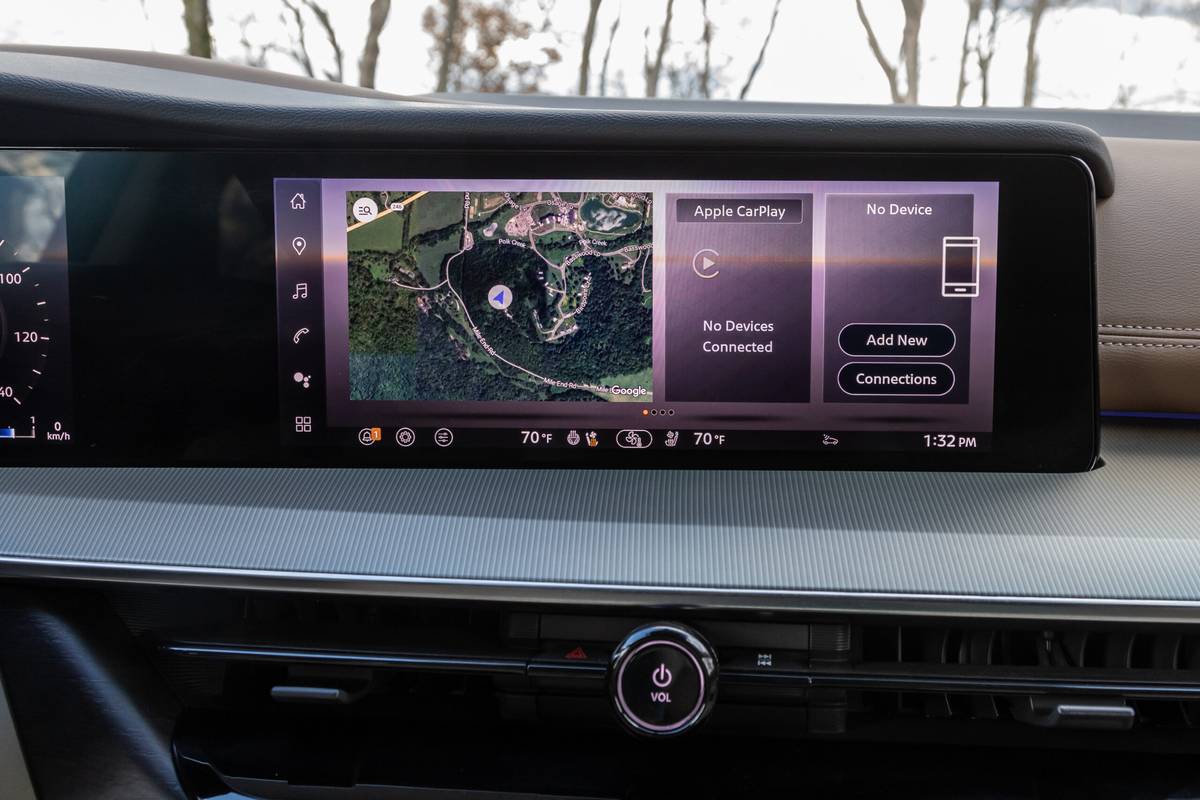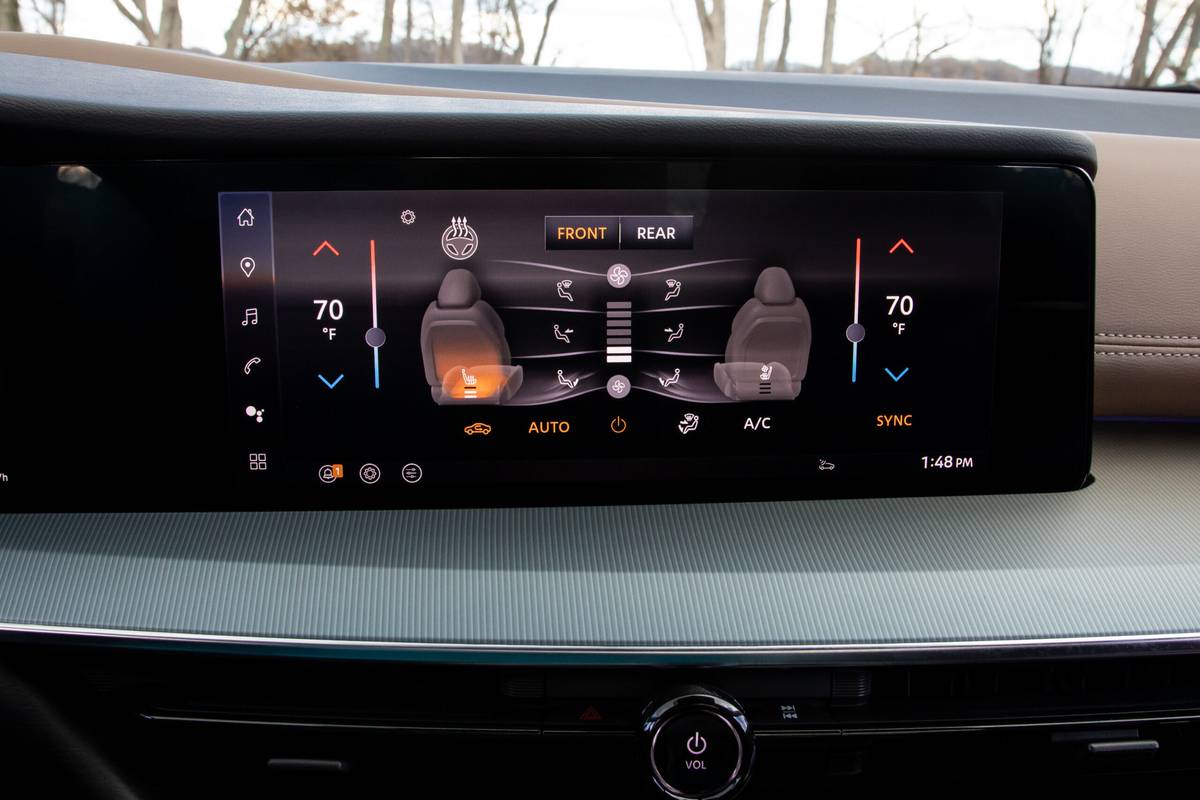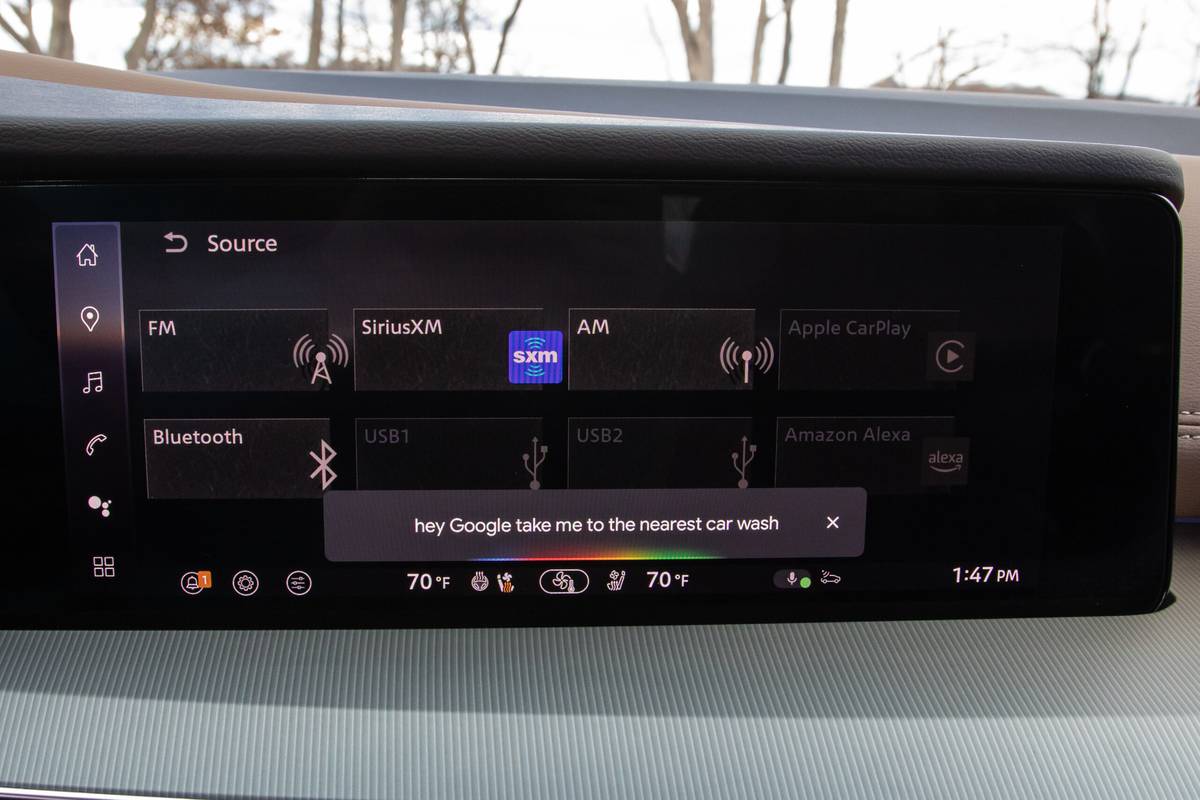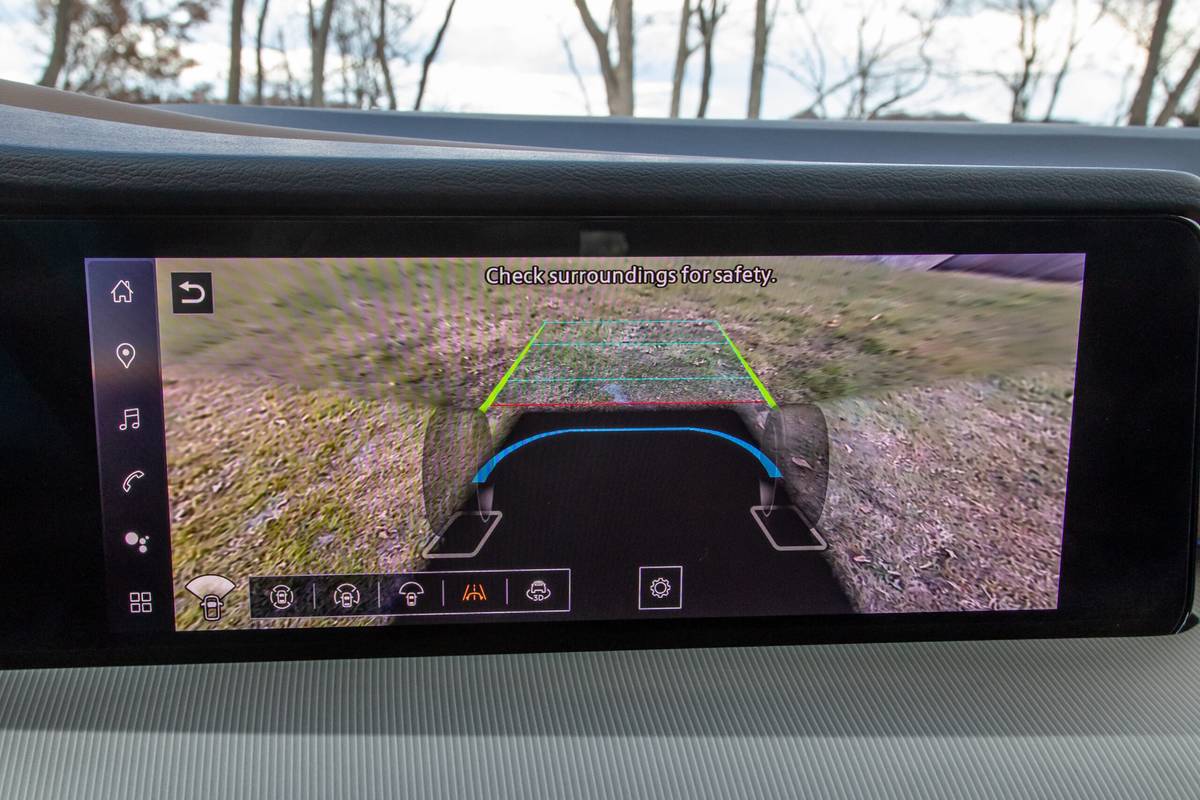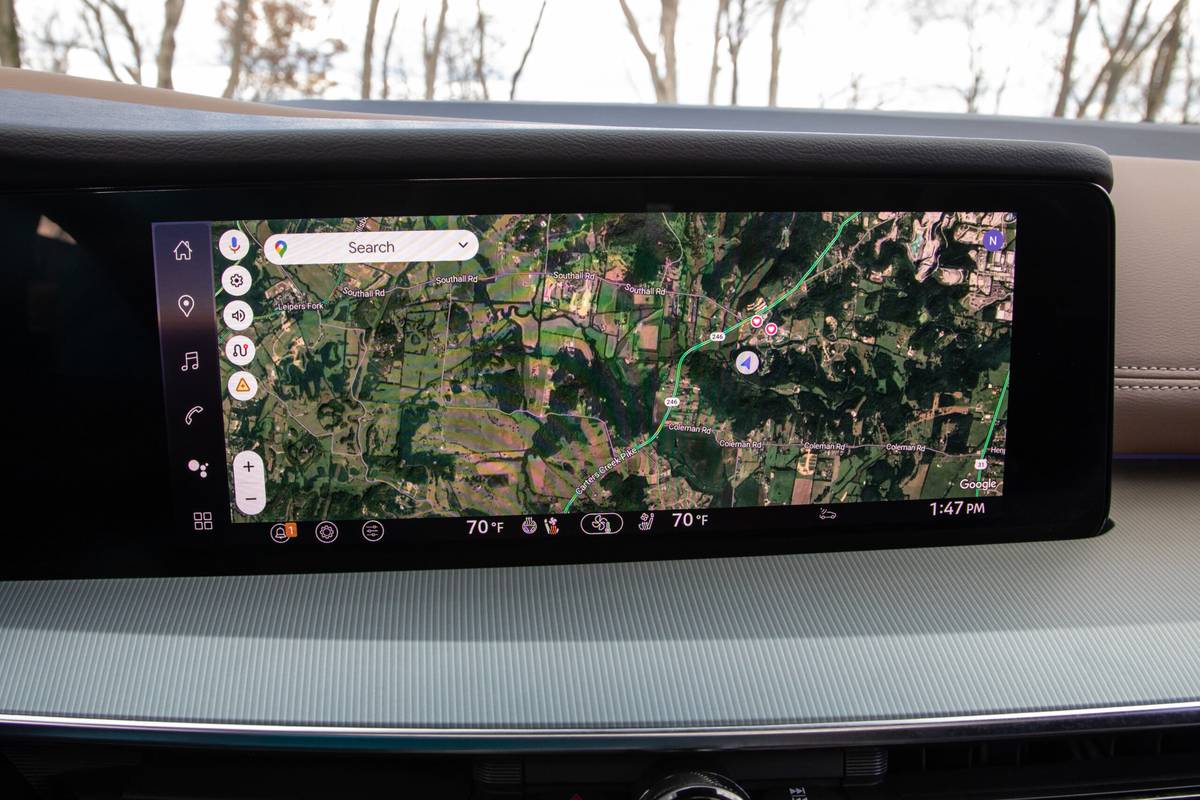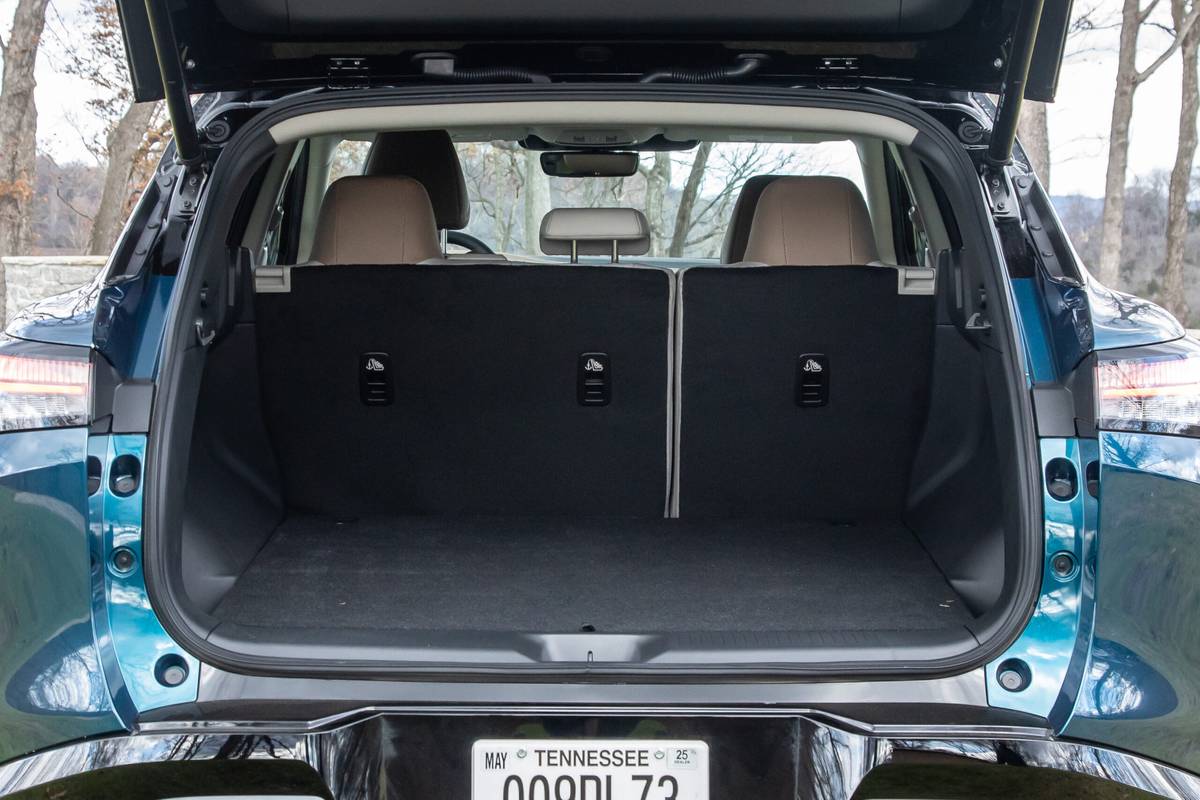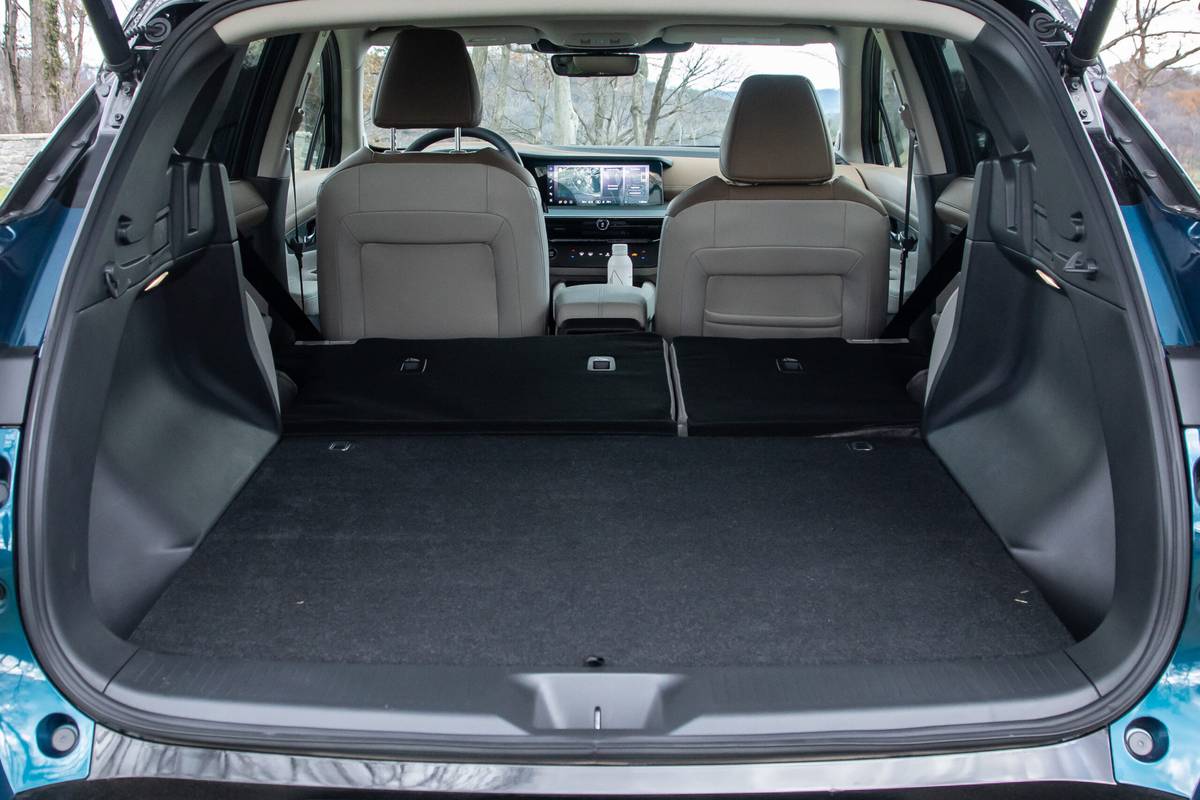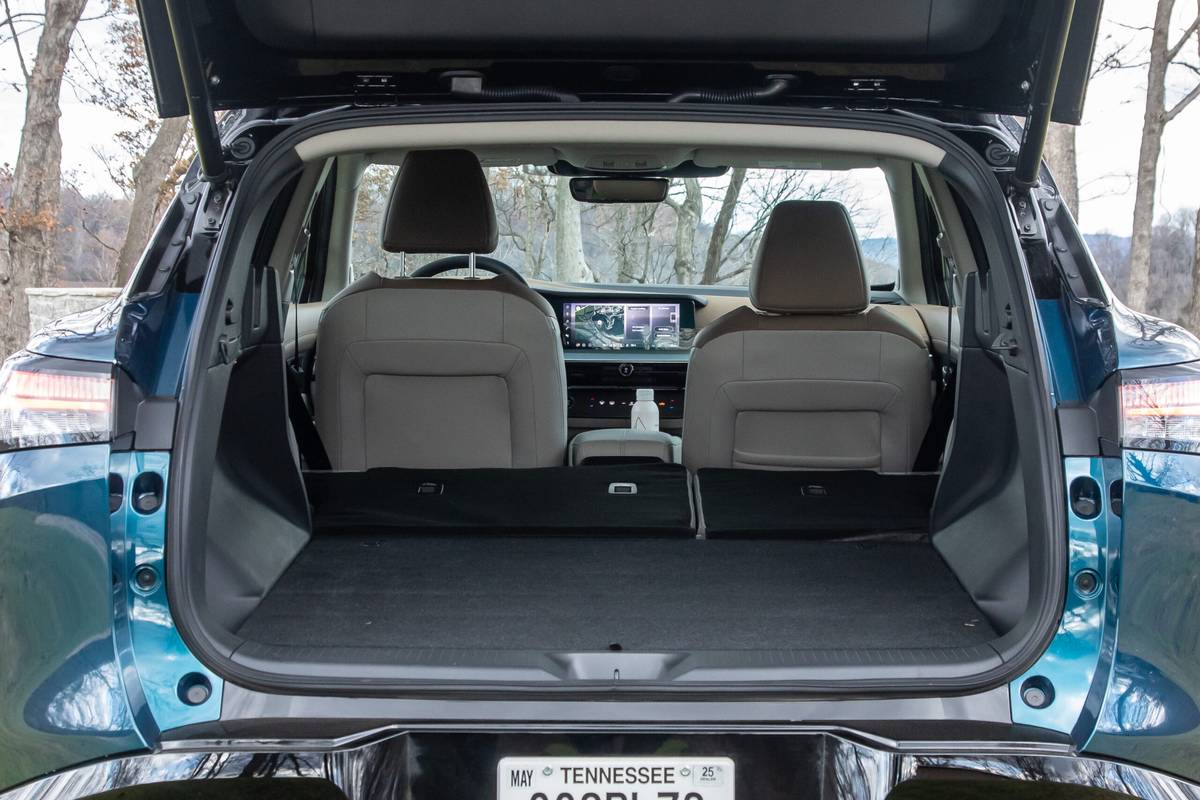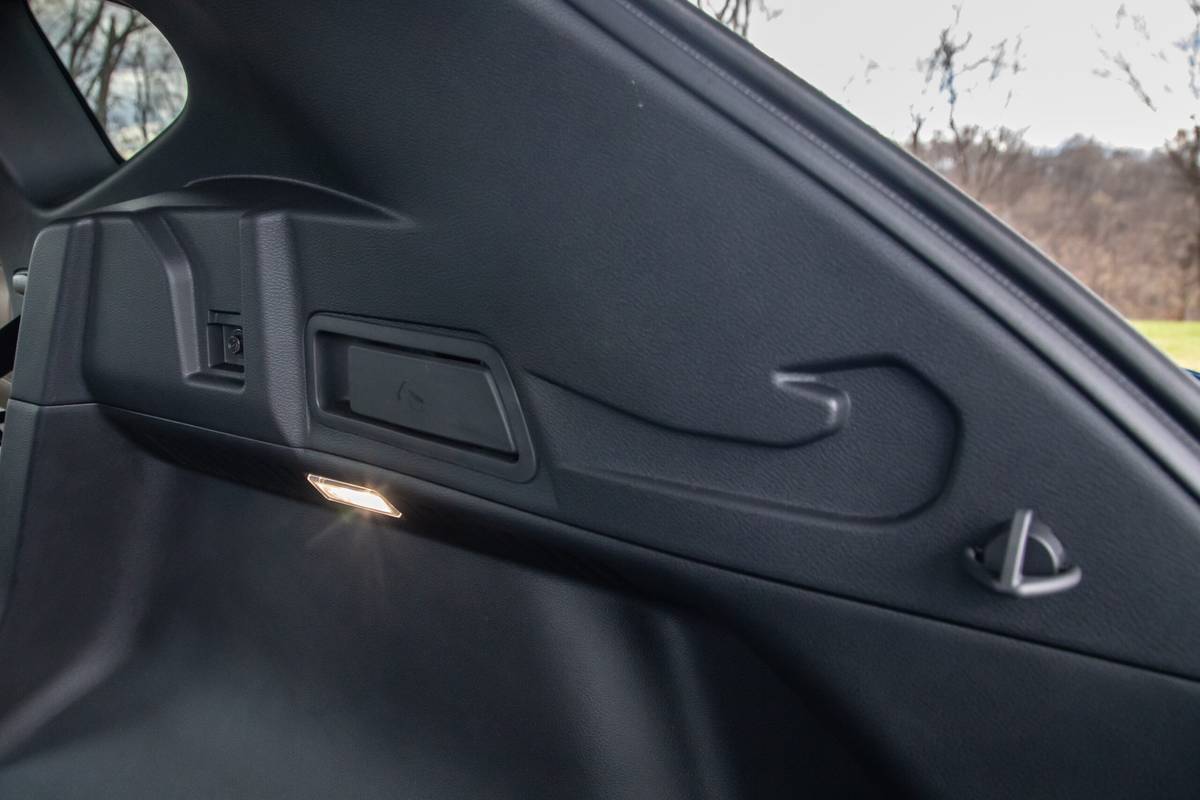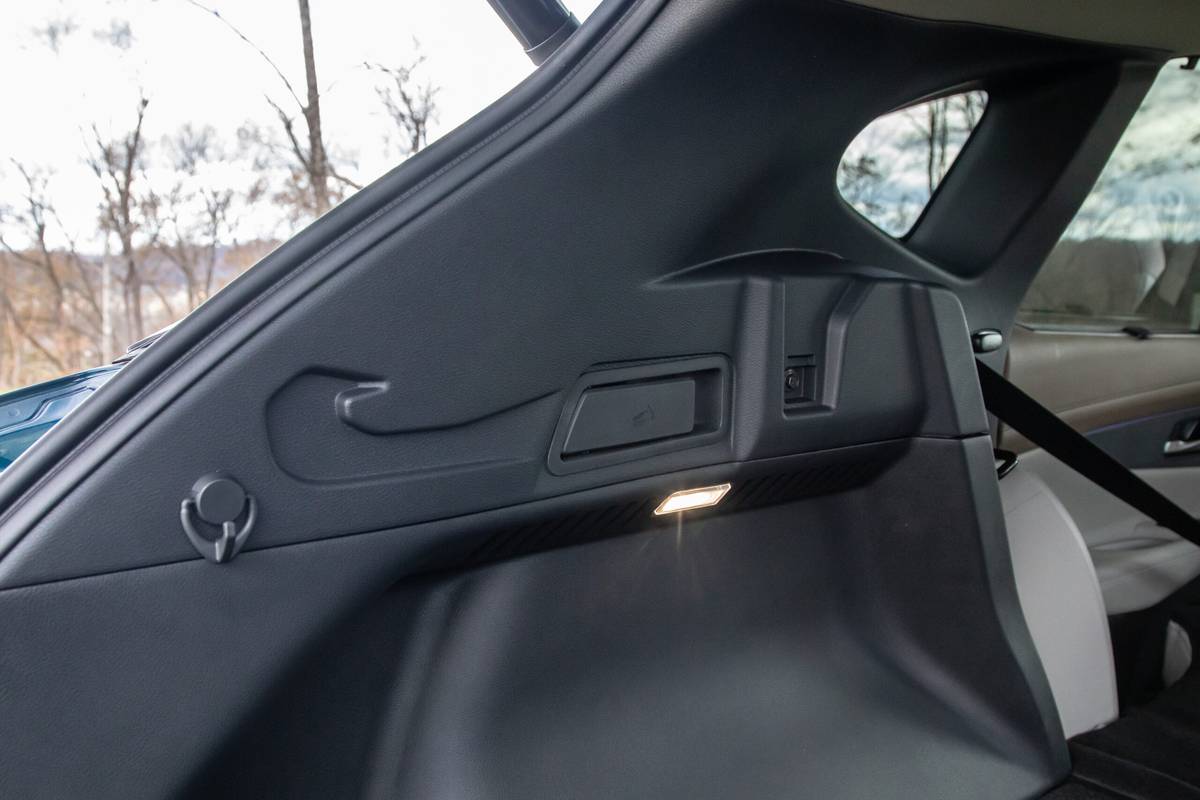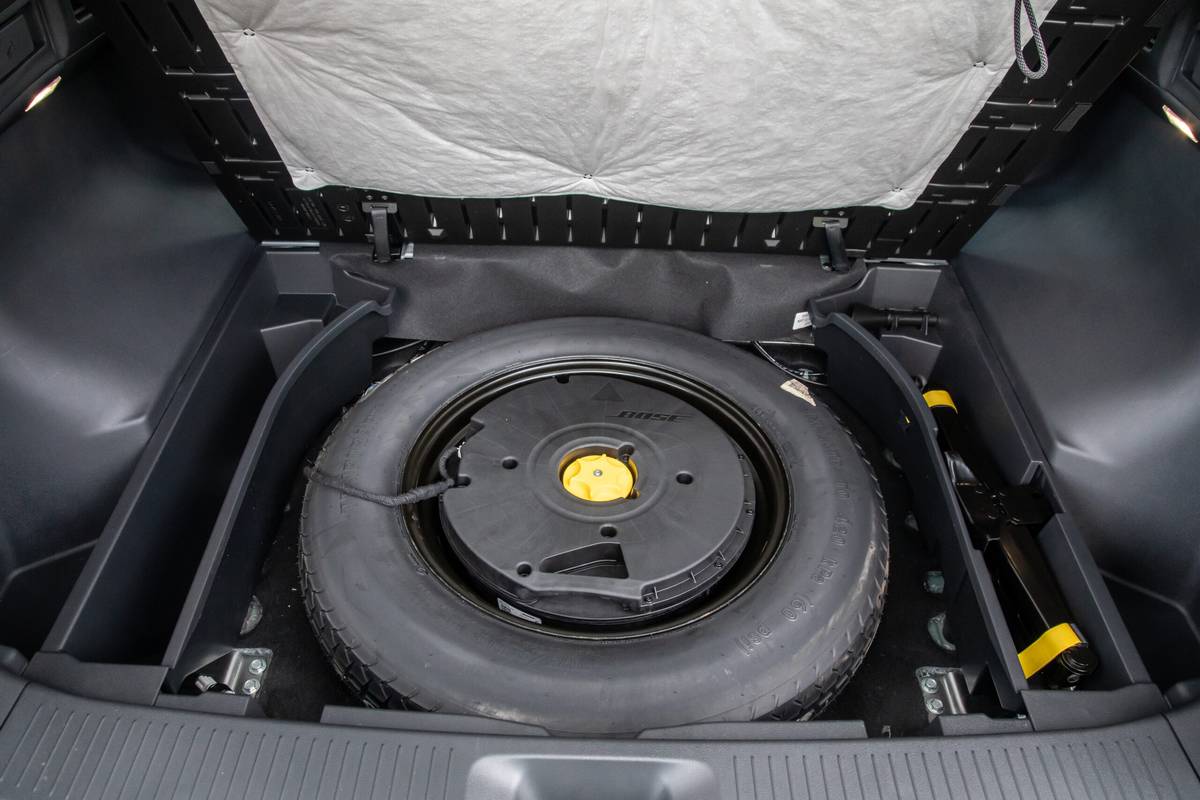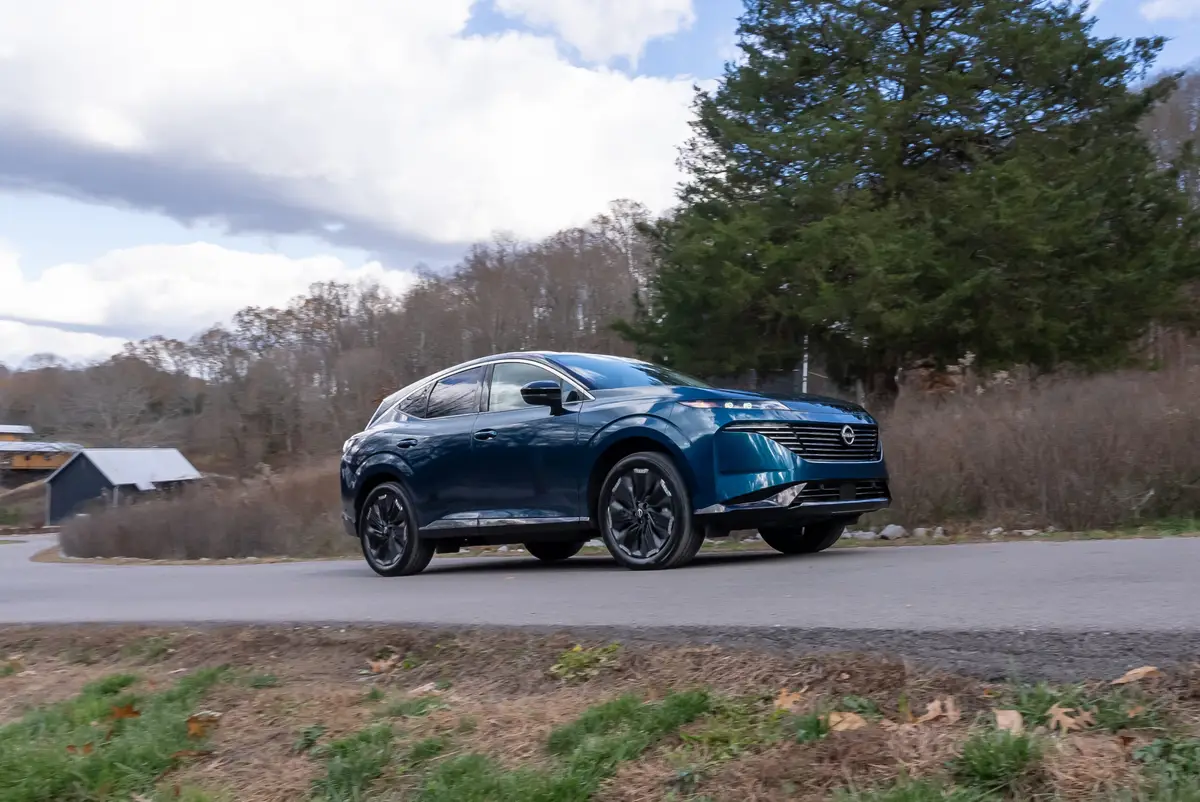
The verdict: Nissan’s Murano returns to being a trendsetter for the 2025 model year, but its beauty runs more than just skin-deep.
Versus the competition: Tighter inside than most of its competitors, the new Murano provides a swankier cabin and more engaging driving experience than the Chevrolet Blazer, Honda Passportor Toyota Crown Signia.
When the first Nissan Murano was introduced for the 2003 model year, it was something of a revelation: Nobody had really heard of the term “crossover” before, but they knew a good-looking thing when they saw it, and the Murano’s combination of unique style and carlike comfort with a high-riding driving position made it a hit. Over the intervening two generations, however, the Murano seemed to lose its way. No longer really a trendsetter, it became something of a curious mess, and the outgoing model now looks quite long in the tooth and a perfect example of stylists not knowing when to quit.
Now we have the fourth-generation 2025 Murano, and it’s a breath of fresh air in the category. Style has returned to the Murano in spades, with a new look that introduces a bold new direction for Nissan styling overall. It’s accompanied by a sumptuous interior full of the latest technology and a new turbocharged four-cylinder engine instead of the old V-6. The Murano takes on new premium crossovers from Toyota, Honda, Mazda and others, but how does it all come together? We recently drove the new 2025 Murano just outside Nashville, Tenn., not far from where it’s assembled, to find out. (Per Cars.com’s ethics policy, we pay for all travel and lodging at such manufacturer-sponsored events.)
Related: 2025 Nissan Murano Loses Some Cylinders, Gains Some Tech Features
It’s Called Fashion, Linda
The styling of the newly redesigned Murano is one of its key selling points, something the company specifically focused on to differentiate it from the tons of other crossovers you can buy. It might not be to everyone’s taste, but it’s certainly a distinctive shape in a sea of sameness. It really does look quite elegant to me, with a style that feels more upscale than its mainstream Nissan badge would suggest. It bears more than a passing resemblance to the Nissan Ariya electric SUV, but that’s not a bad thing, as the Ariya is itself quite shapely.
The new front grille displays the new corporate look for Nissan styling, ditching the less-than-successful V-Motion grille design to instead present a more cohesive, flowing look from tip to tail. Twenty-inch wheels are standard on the base SV and mid-level SL trims, while 21-inchers come on the Platinum. A two-tone paint job can be specified for the Platinum, as well, with a black roof over the body color accentuating the chrome flowing strip. There are other good-looking vehicles in this premium two-row crossover class (looking right at you, Toyota Crown Signia), but the Murano skews more dramatic than any of them. This is what we thought cars of 2025 would look like back when the original Murano was introduced in 2003, and Nissan nailed the look.
Related Video:
We cannot generate a video preview.
New Power, New Skills
But Nissan didn’t just stop at a tuck and trim with the sheet metal. It thoroughly reworked the chassis and powertrain, borrowing some bits from the Pathfinder, carrying over a couple of pieces from the old Murano, and adding in a bunch of refinements and new equipment. First and foremost is the replacement of the old V-6 with a new variable-compression turbocharged 2.0-liter four-cylinder engine making 241 horsepower and 260 pounds-feet of torque. This is plenty of grunt to get the Murano moving smartly, and acceleration is one of the new SUV’s high points. Pop the D-Mode drive mode selector switch into Sport, and the Murano is transformed.
You might not think of a Murano as a sporty vehicle, and normally it’s not — put in Standard drive mode, it’s quiet, comfortable and smooth. But in Sport, it’s athletic, entertaining and genuinely fun to drive. The new nine-speed automatic transmission is beautifully tuned to keep the engine in its torquey sweet spot, allowing for curvy road athletics that previous Muranos protested. Powering out of corners is a treat, and downshifts are smooth and predictable on deceleration into a bend. You won’t want to keep it in Sport mode all the time, however, as it does keep a lower gear in normal operation, meaning the engine is revving higher than it needs to be for normal driving. But if you come upon some twisty paths, man, just go for it. Nissan did a great job making the Murano fun to drive.
Another part is the new electric power steering. It provides direct, accurate steering feel with sufficient feedback to help you place the Murano right where you want it in a bend. And while the suspension is on the softer side to allow for a more comfortable, luxurious cruising experience, it doesn’t make anyone ill with wallowy body behavior in spirited driving. Want your Murano to be a cushy luxe cruiser? It’ll do that just fine. Want to have a little fun on the way down from the mountains to dinner? It’ll do that, too, much more adeptly than its competitors do.
Upgraded Insides, But Tight in Back
The Murano enjoys a completely redone interior that also bears more than a passing resemblance to the Ariya, but there are distinctive differences. The Murano feels much more upscale, frankly, with more genuine leather covering the seats, doors, dashboard and console. It also shares the same touch-sensitive climate controls integrated into the fake wood panel (nothing advertises that the wood is fake quite like backlit touch-sensitive “buttons” embedded smack in the middle of it), which we’re not huge fans of. The twin 12.3-inch displays atop the dashboard are more artfully integrated into the dashboard than many competitors’ displays, which often look like someone stapled iPads to the firewall; the Murano’s are hooded with nicely leather-wrapped decor, which makes them less offensive and more nicely designed.
The front seats look fantastic in the Platinum trim, with gorgeous two-tone upholstery and quilting patterns that are attractive. Visibility out is just OK, however, as the Murano’s dashboard and windows are rather high, giving the feeling of being in a tub of an interior. The rear window is squat due to the swoopy roofline, which makes the omission of a digital rearview mirror camera rather odd, especially since it’s offered in other Nissan products.
The Bose premium audio system sounds pretty dynamite, and there’s a ton of safety technology included, as well. Optional camera systems provide surround-view options, including an Invisible Hood View feature that lets you see what you’re about to roll over. That’s more useful for off-roading, but the front “around-the-corner” cameras are handy for tight urban environments, where blind corners can be a common obstacle. You can even geotag locations where you’d like those corner cameras to automatically pop on if you routinely drive through an area where visibility is limited.
Not all is perfect in the Murano, however, and it mostly centers around that backseat. Legroom is tighter than a lot of competitors, and the seat bottom cushion is both low and firm, causing backseat passengers to be put into a knees-up position on an uncomfortable bench that isn’t all that pleasant for longer trips. Given the Murano is now being marketed as a more premium product for older buyers who might infrequently have kids or additional passengers riding in the back, however, this might not be a deal killer for a lot of customers. Cargo room doesn’t seem to suffer much in the Murano, but it doesn’t quite have the room of SUV competitors with more upright profiles, like the Crown Signia or Honda Passport.
More From Cars.com:
- 2025 Nissan Murano Up Close: Modernized Murano
- 2024 Los Angeles Auto Show: Winners and Losers
- 2025 Nissan Armada Review: Nissan Builds a Replacement Toyota Land Cruiser
- Research the Nissan Murano
- Shop for a New Nissan Murano for Sale Near You
Meant for a Specific Buyer
With a starting price of about $42,000 (including destination), the Murano slots in decidedly above the less expensive Rogue. Nearly all content is divided up between the three trim levels (SV, SL and Platinum); pick the one that corresponds with the level of features you desire (or can afford). Front-wheel drive is standard on the SV, with all-wheel drive a $1,000 option; AWD is standard on the SL and Platinum. The range tops out with the Platinum at just under $51,000, which is less than you’ll pay for a loaded Crown Signia — but you also don’t get the Toyota’s hybrid engine.
With pricing and positioning like this, the Murano is less of a family crossover and more of a personal luxury one. It certainly has the style and performance to fill that role, leaving the Rogue to more mundane family duty. It makes the Murano a more aspirational purchase, and one that should successfully satisfy buyers looking for something a bit more special.
Cars.com’s Editorial department is your source for automotive news and reviews. In line with Cars.com’s long-standing ethics policy, editors and reviewers don’t accept gifts or free trips from automakers. The Editorial department is independent of Cars.com’s advertising, sales and sponsored content departments.
















